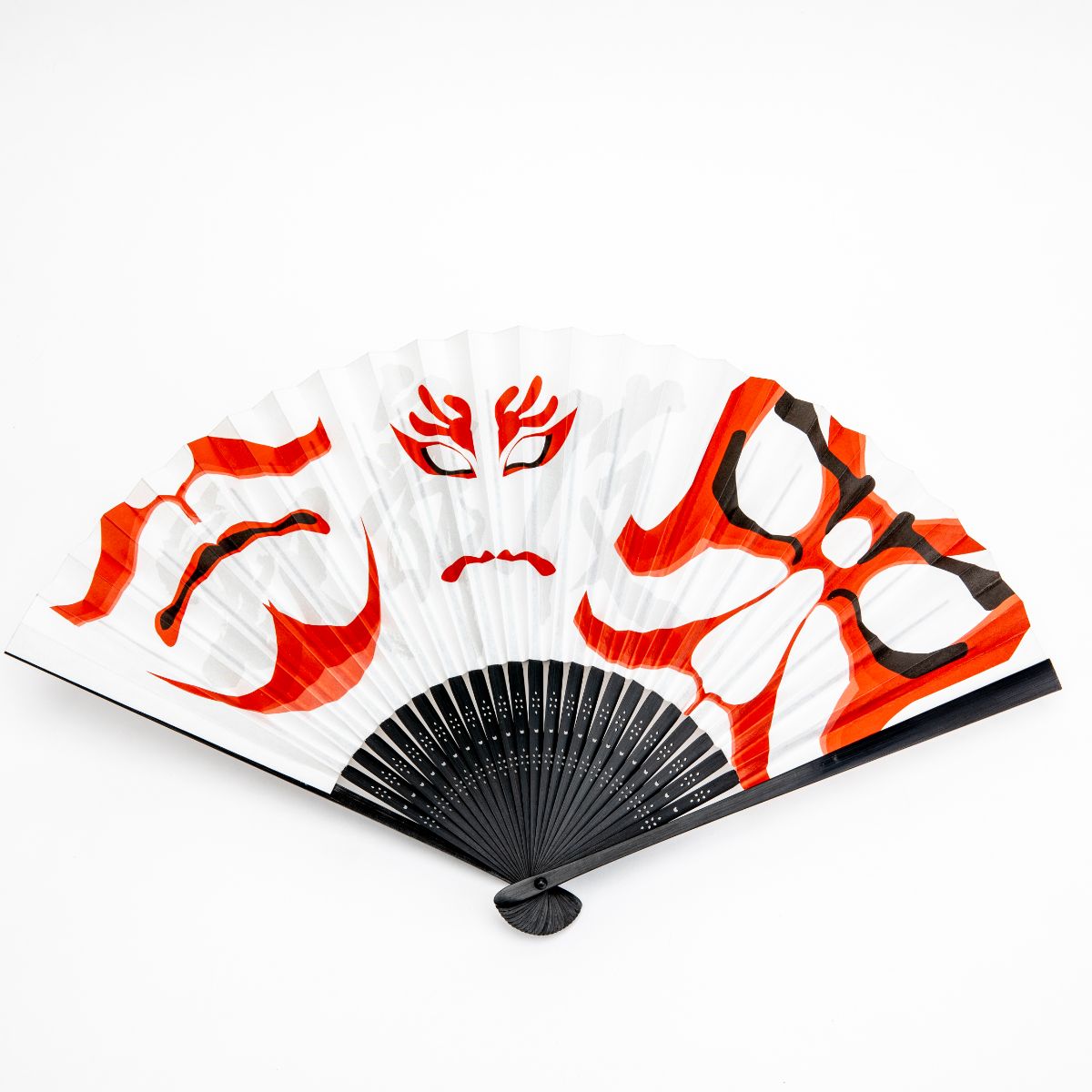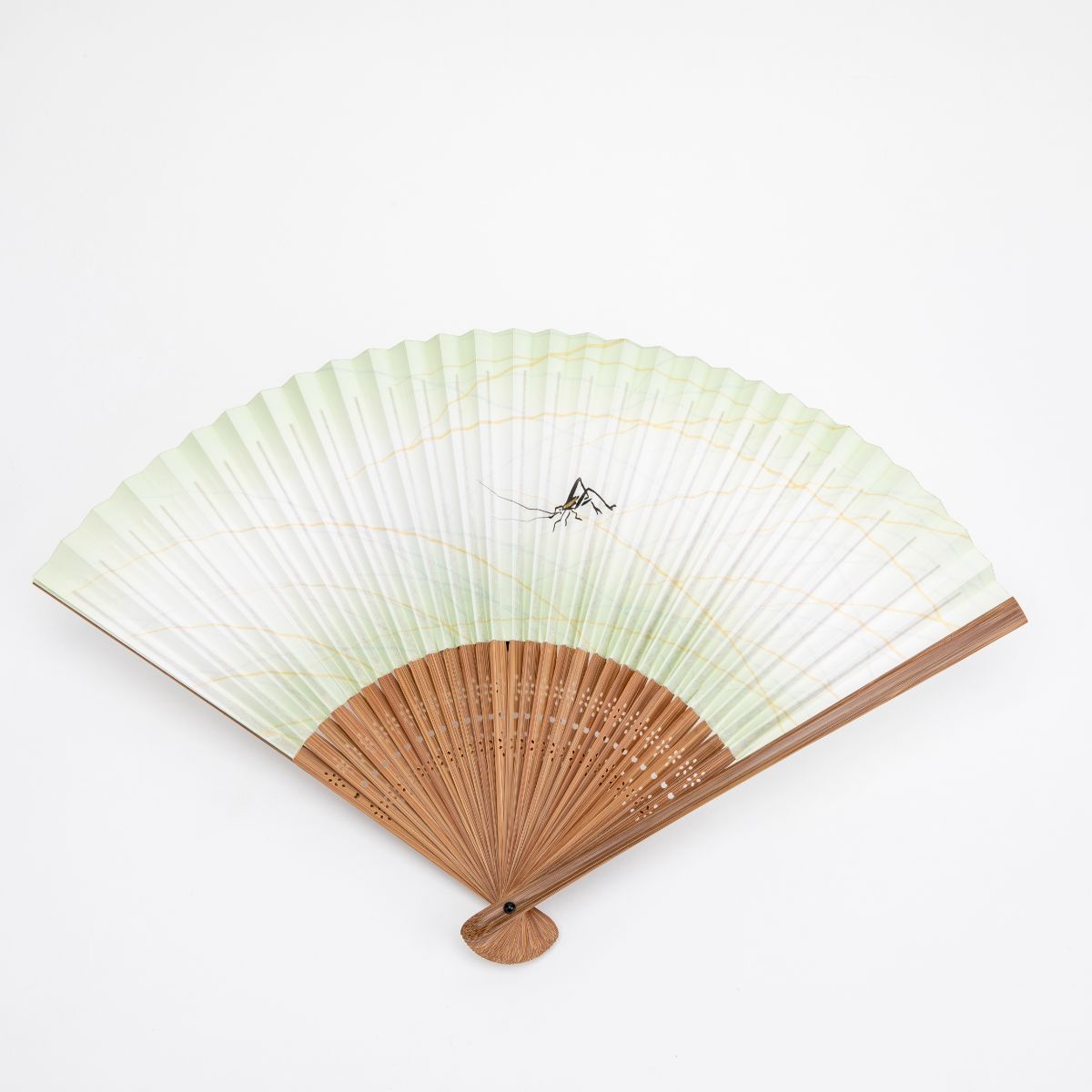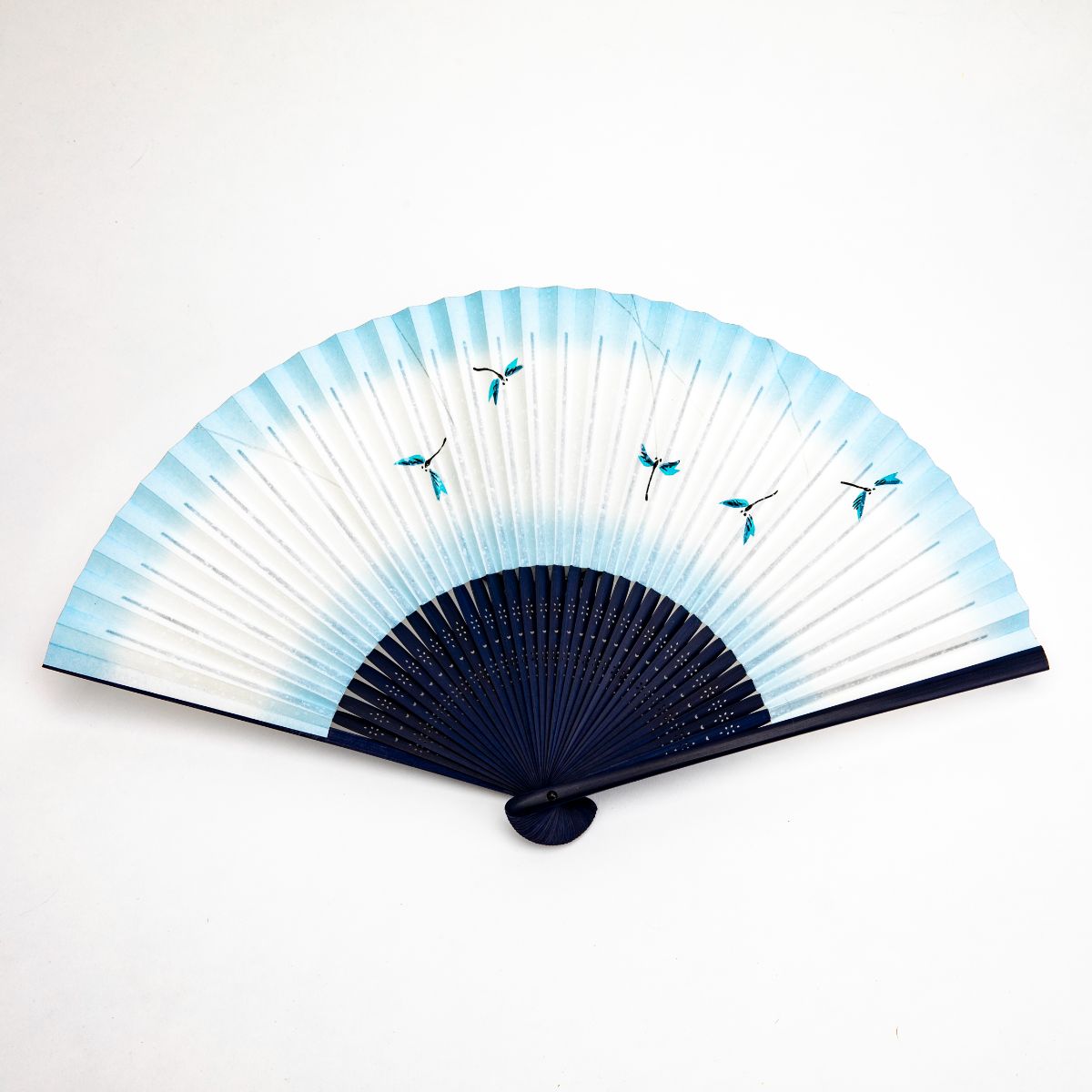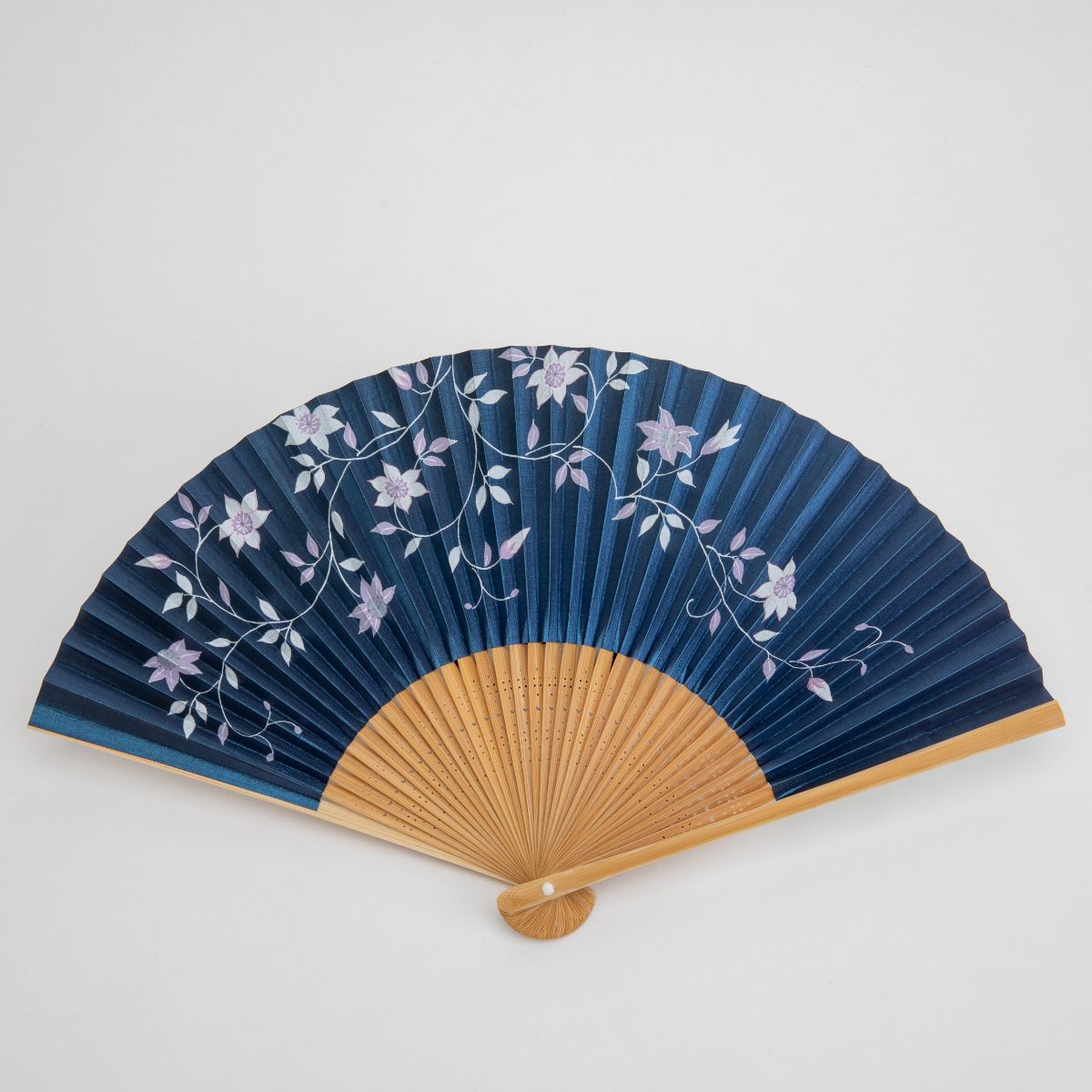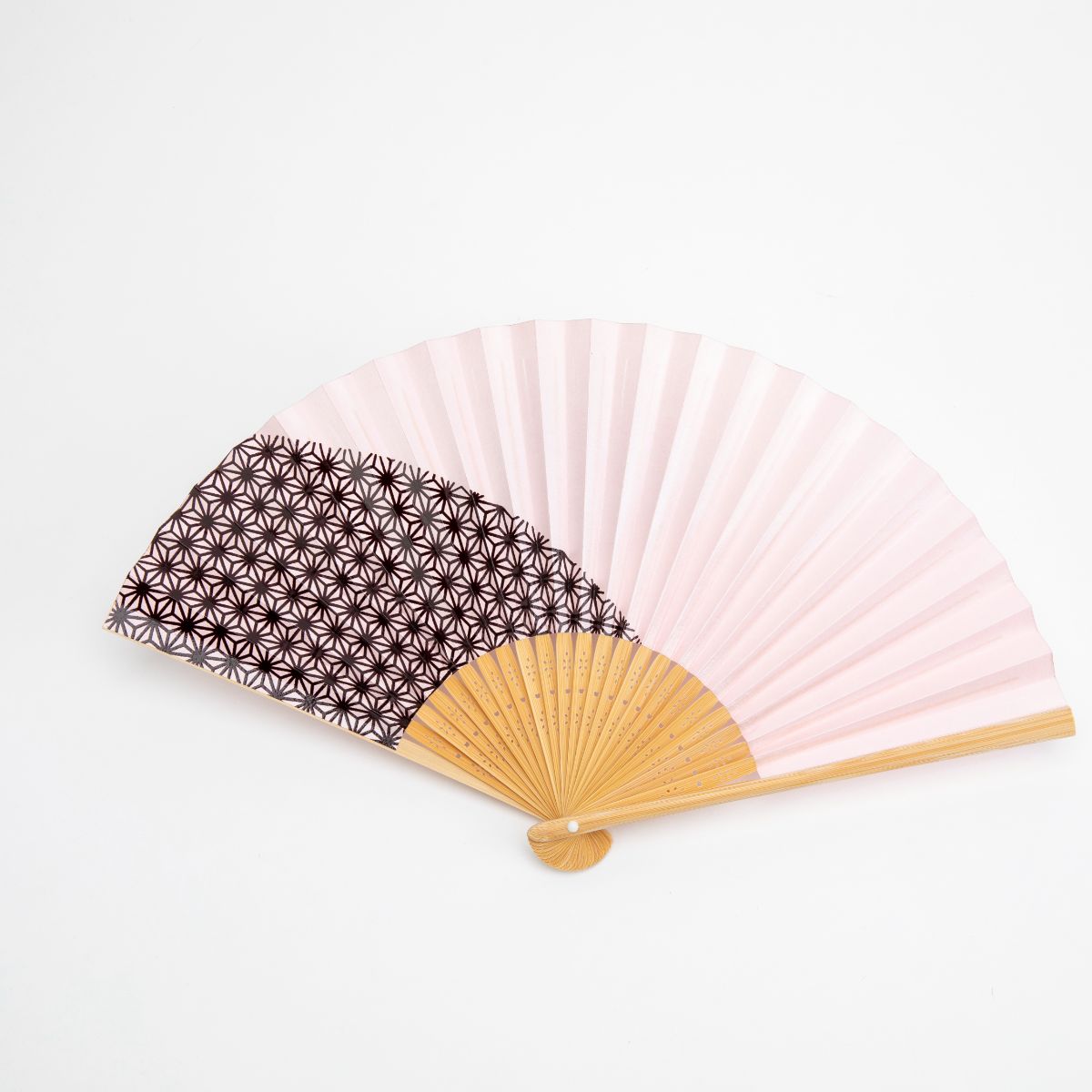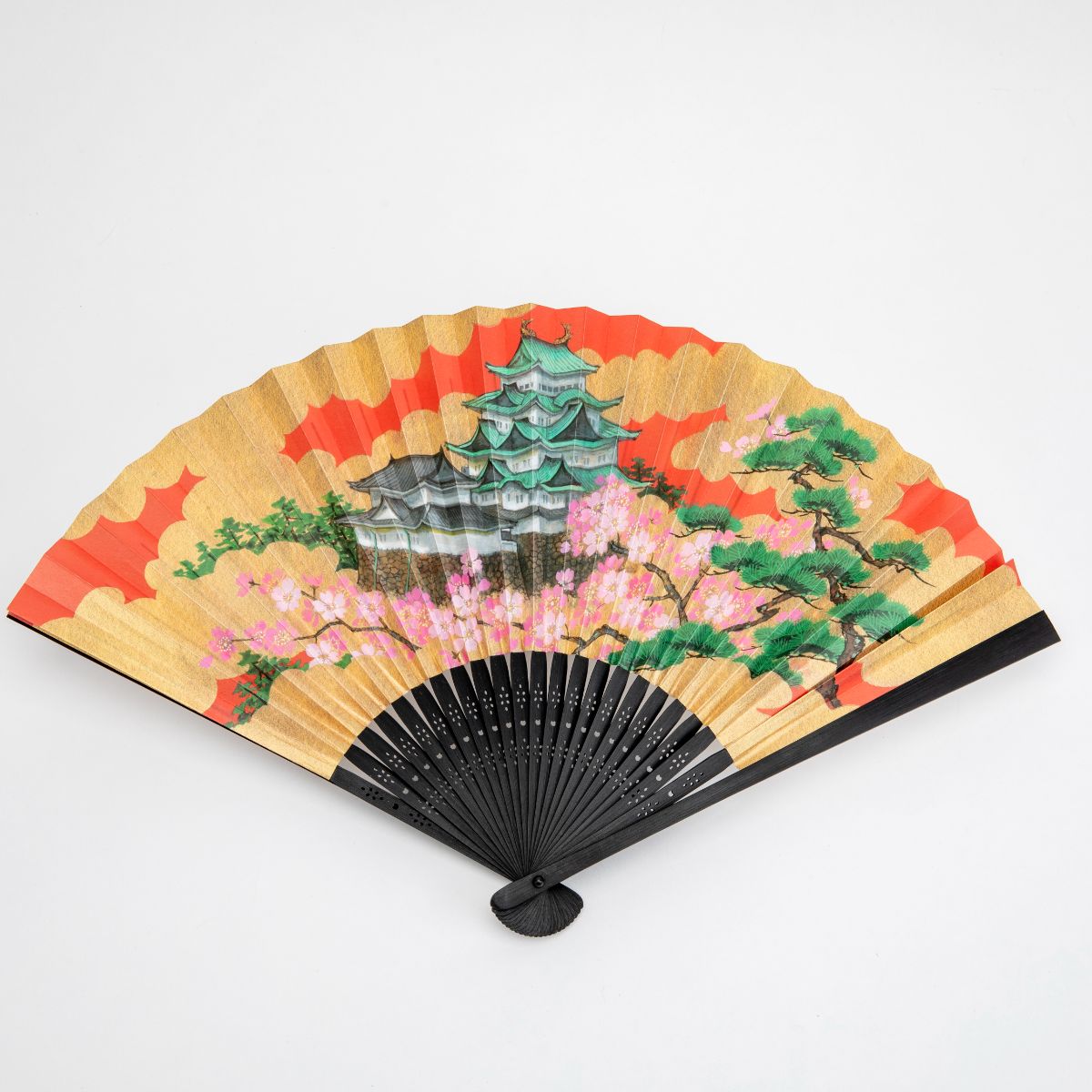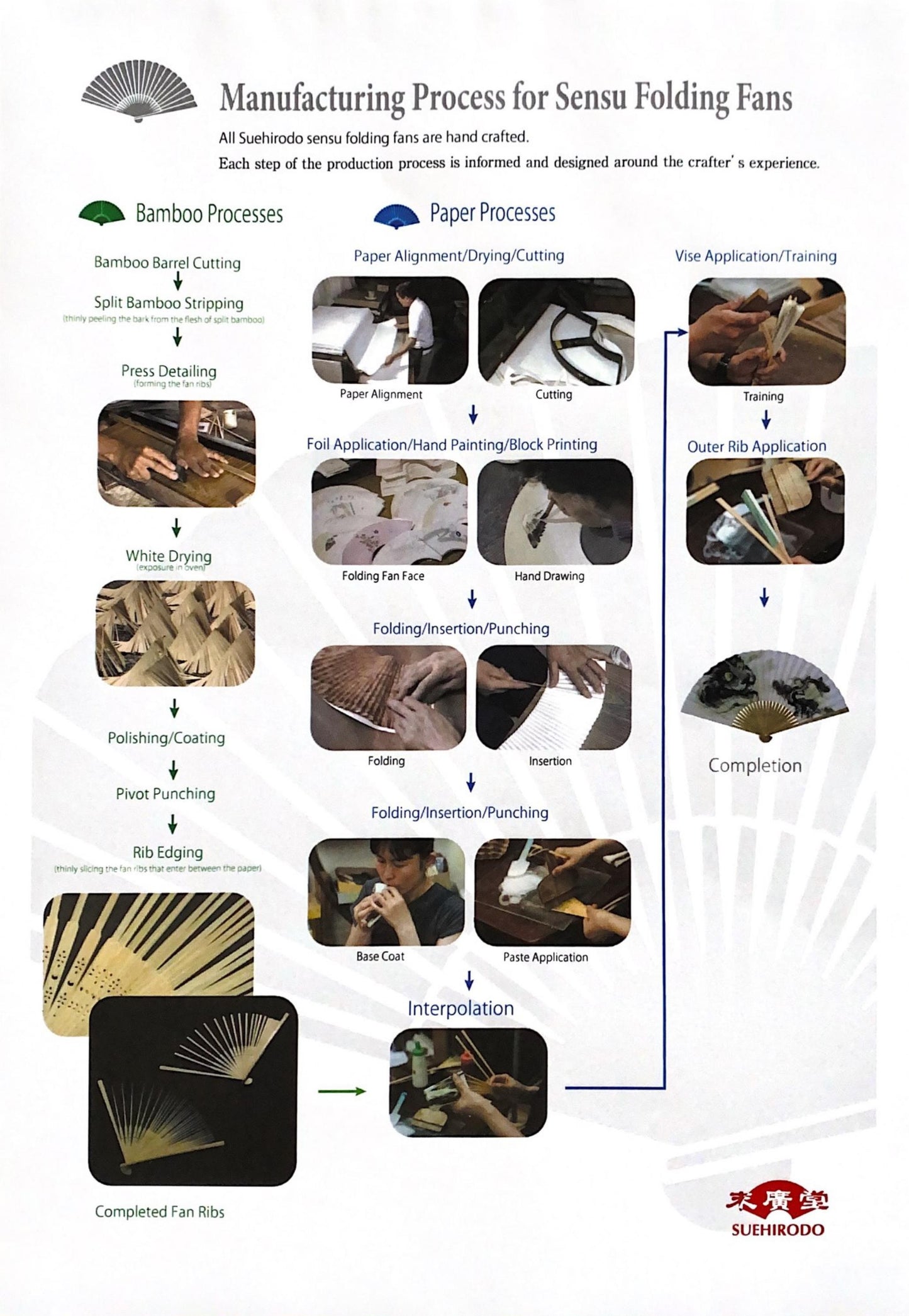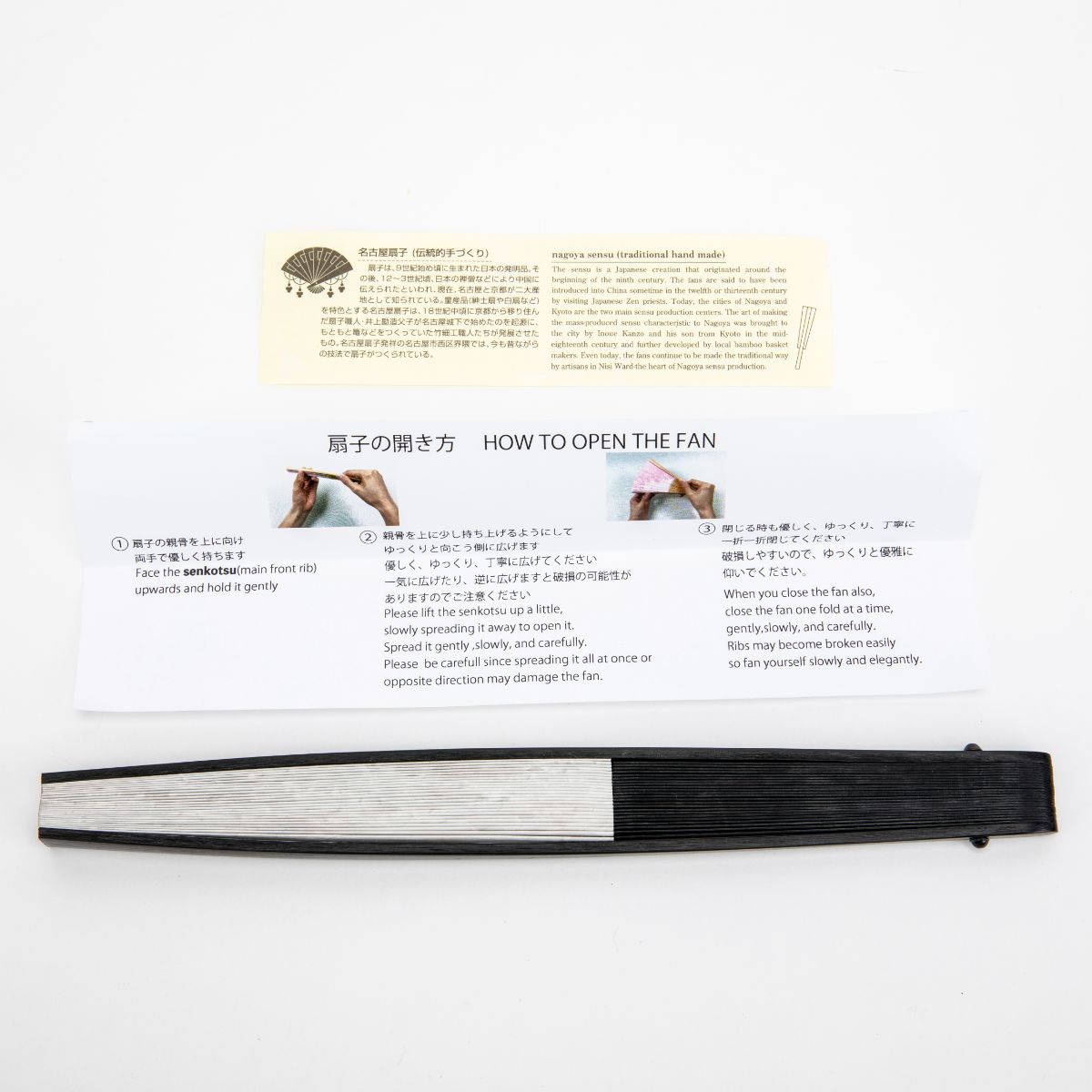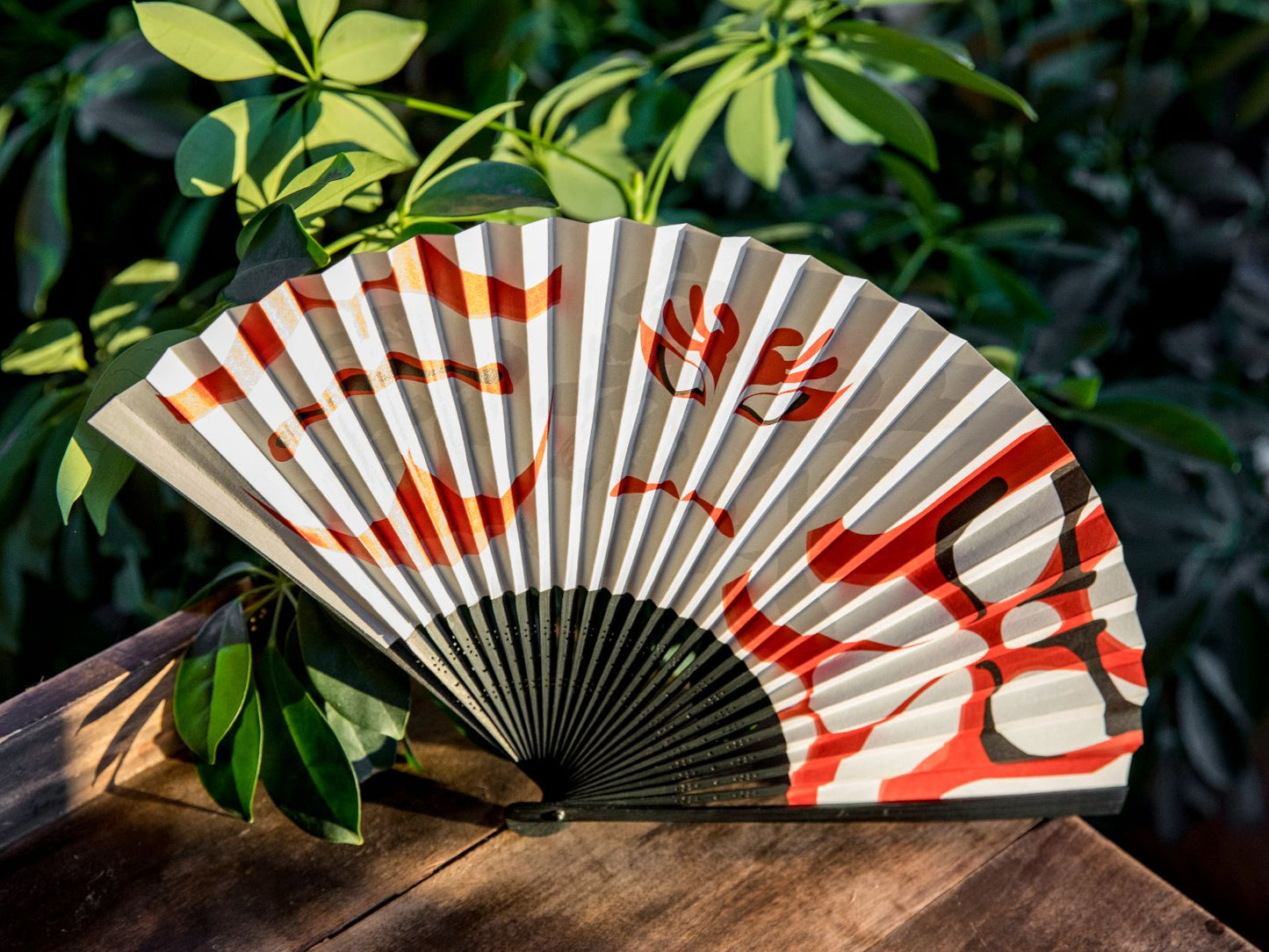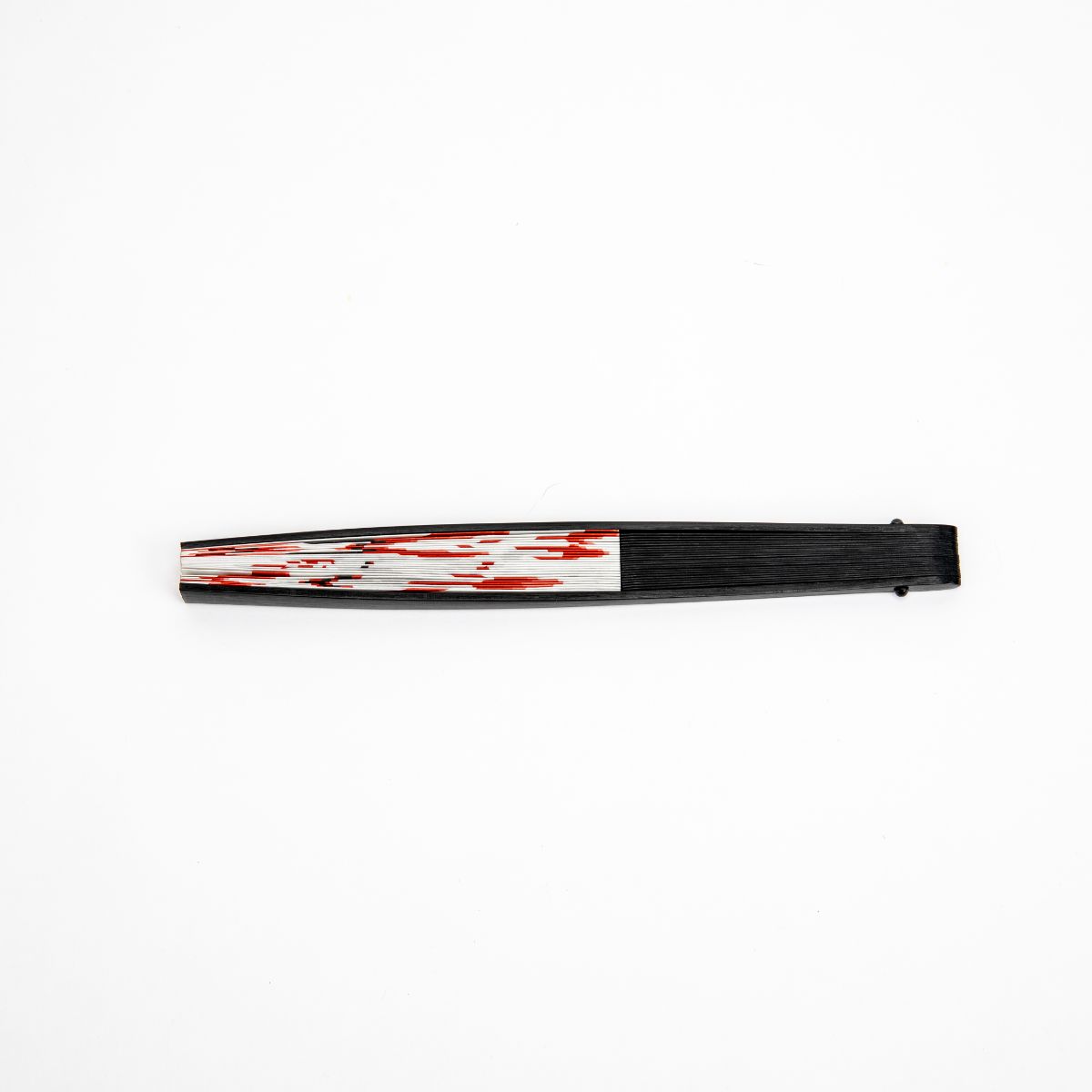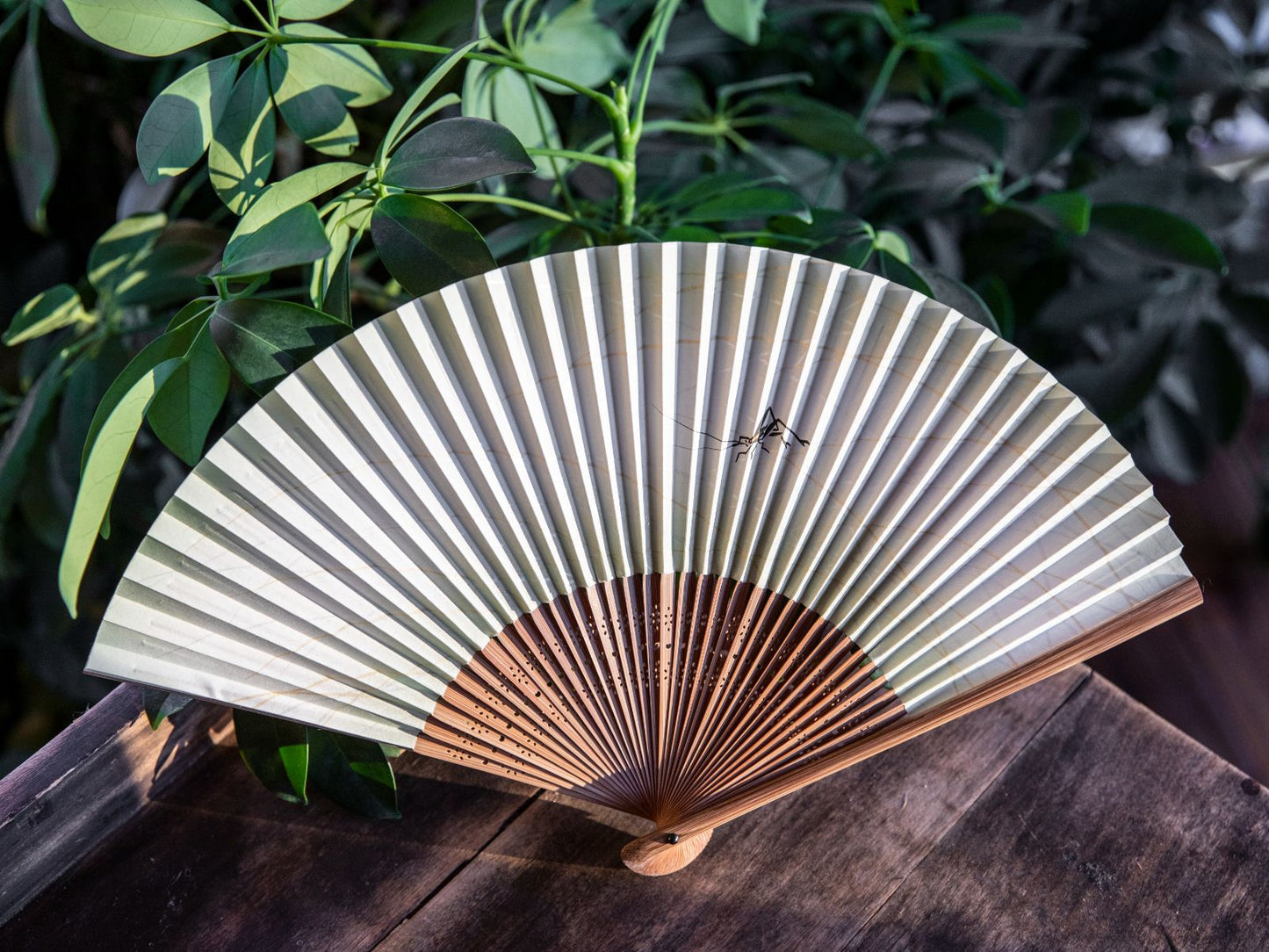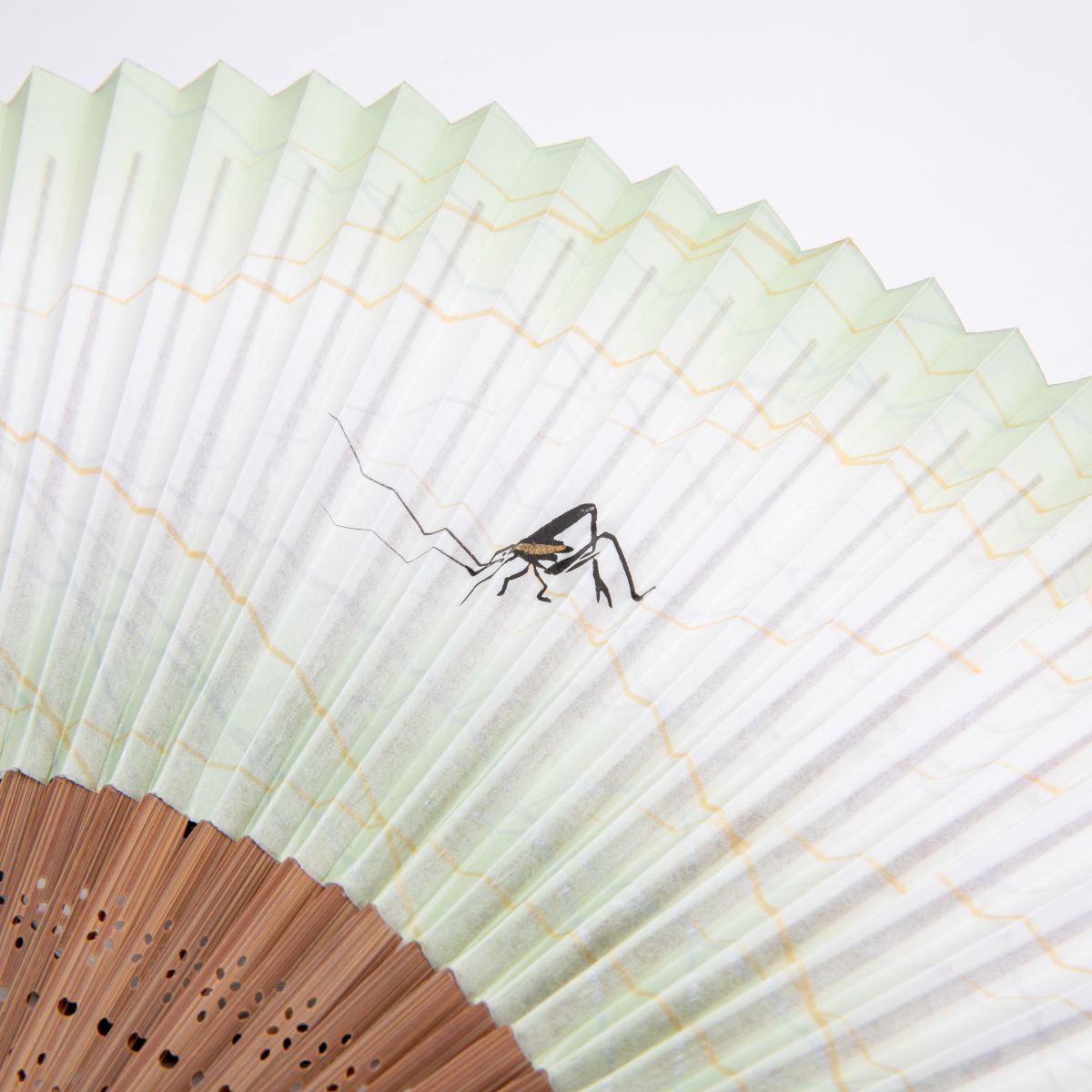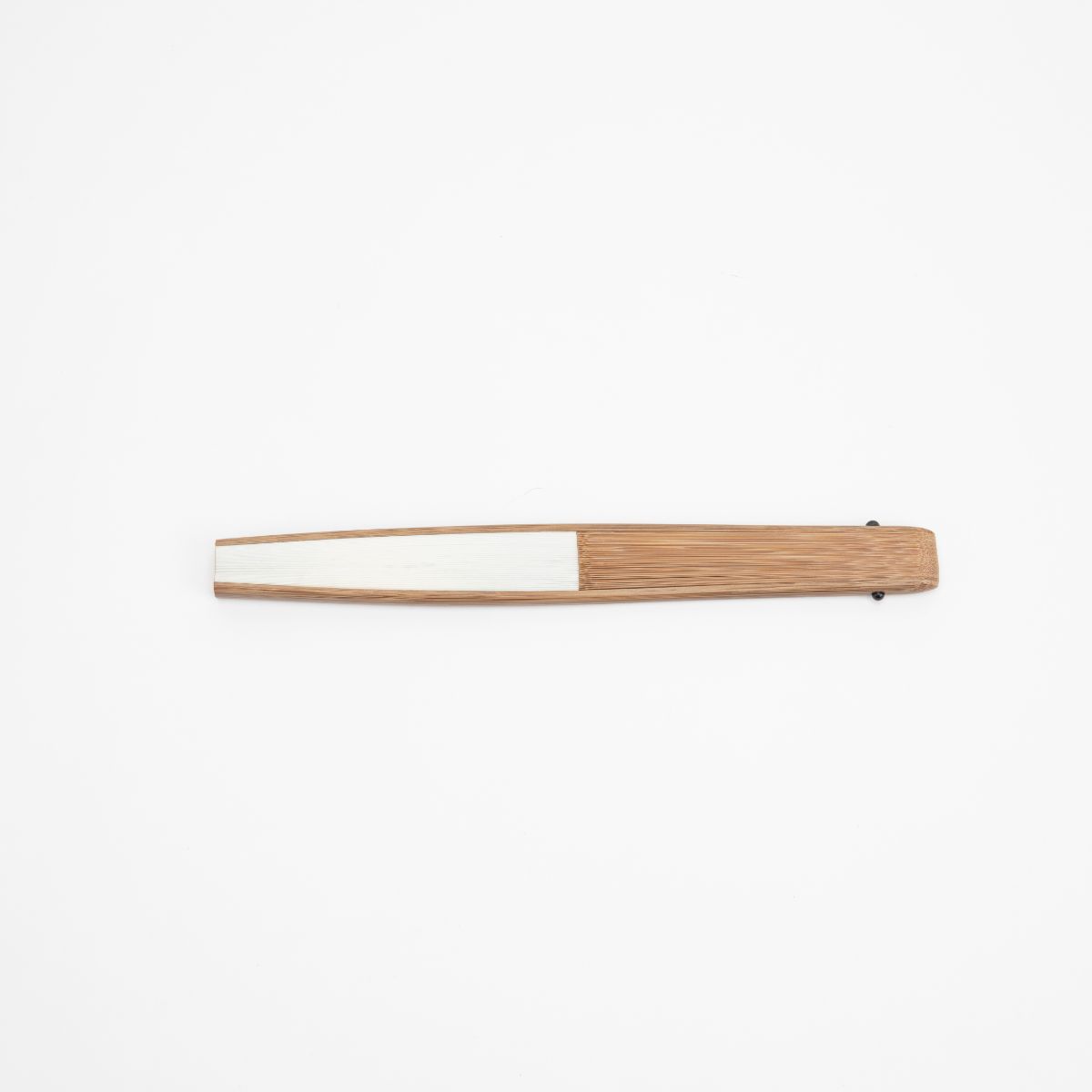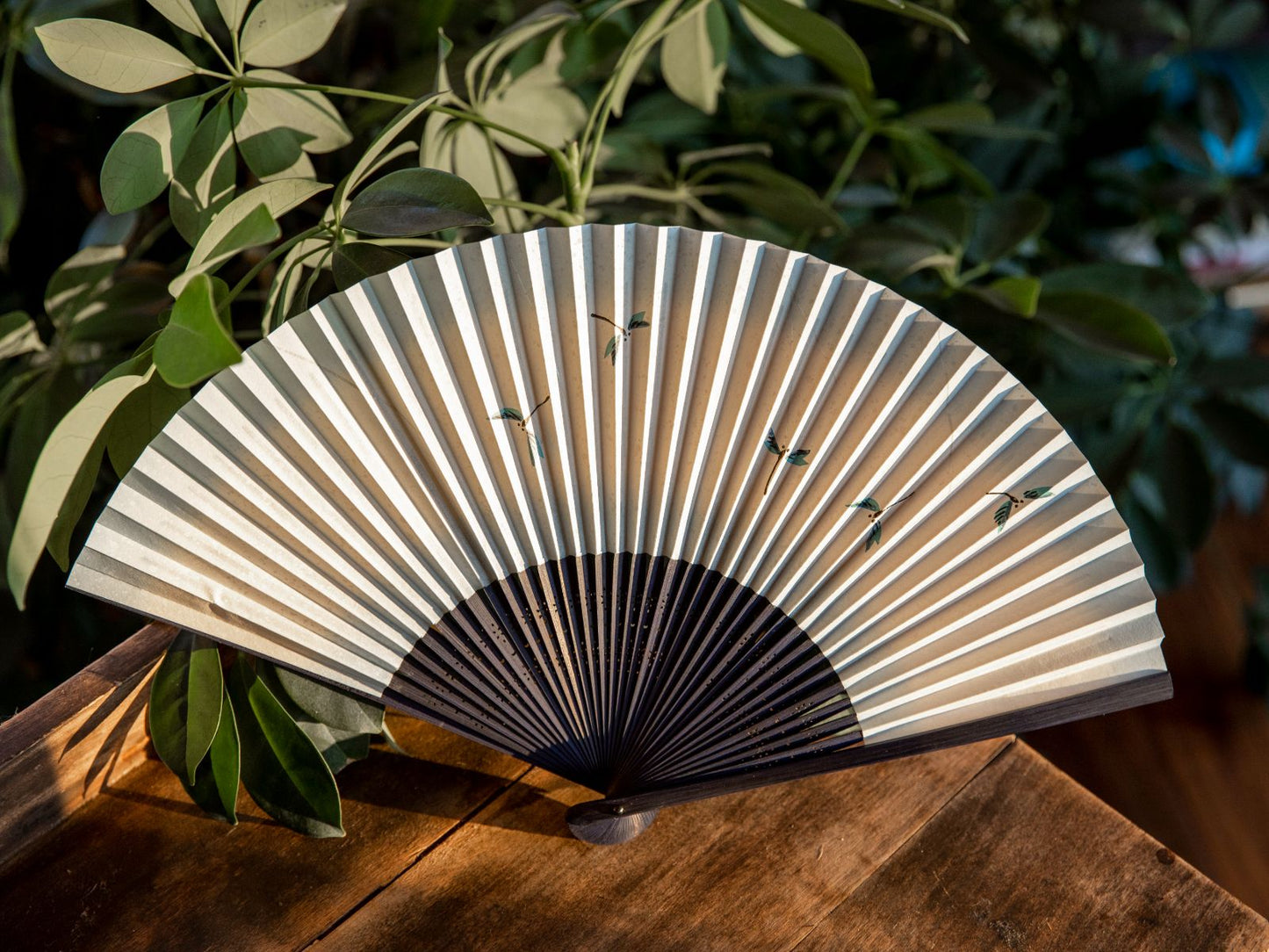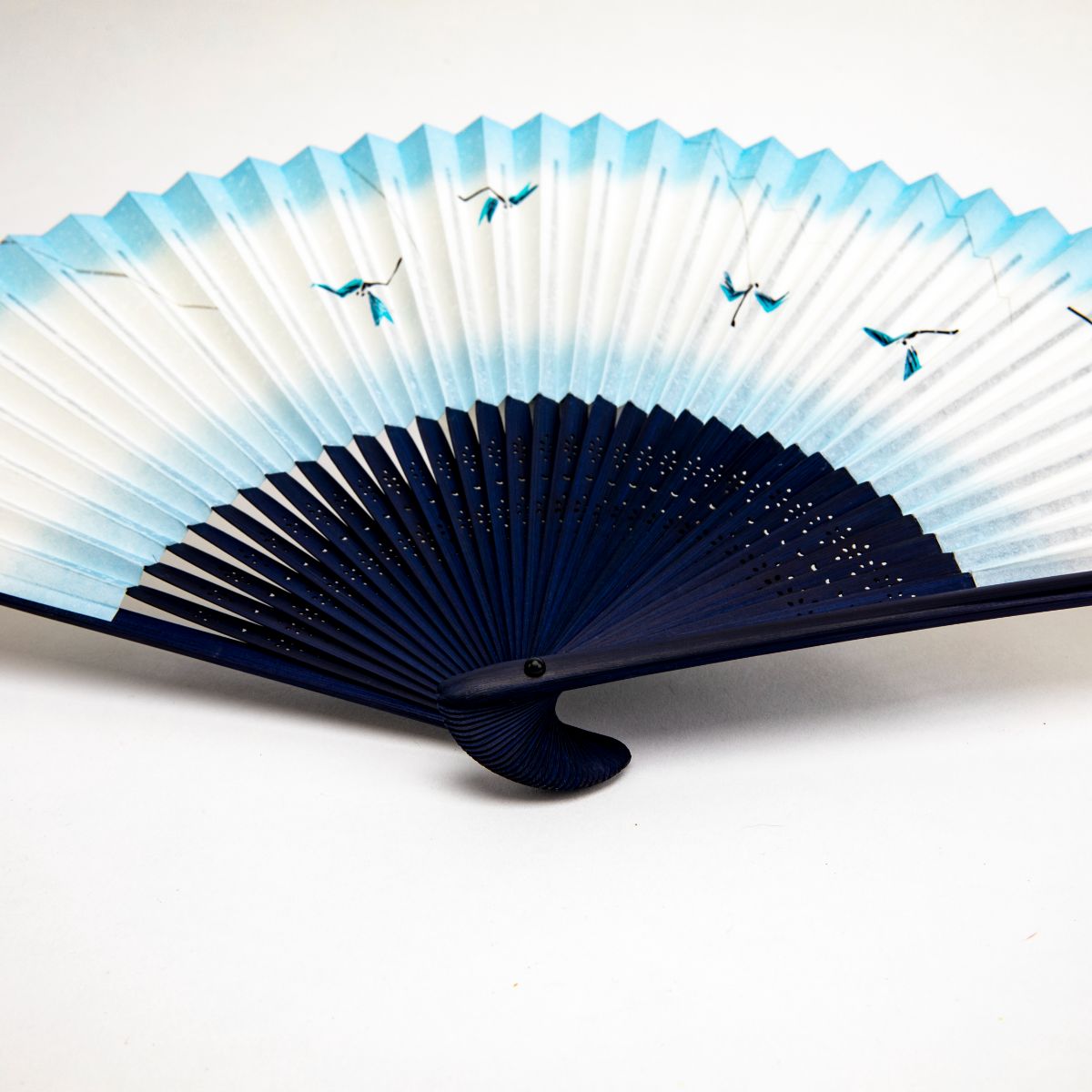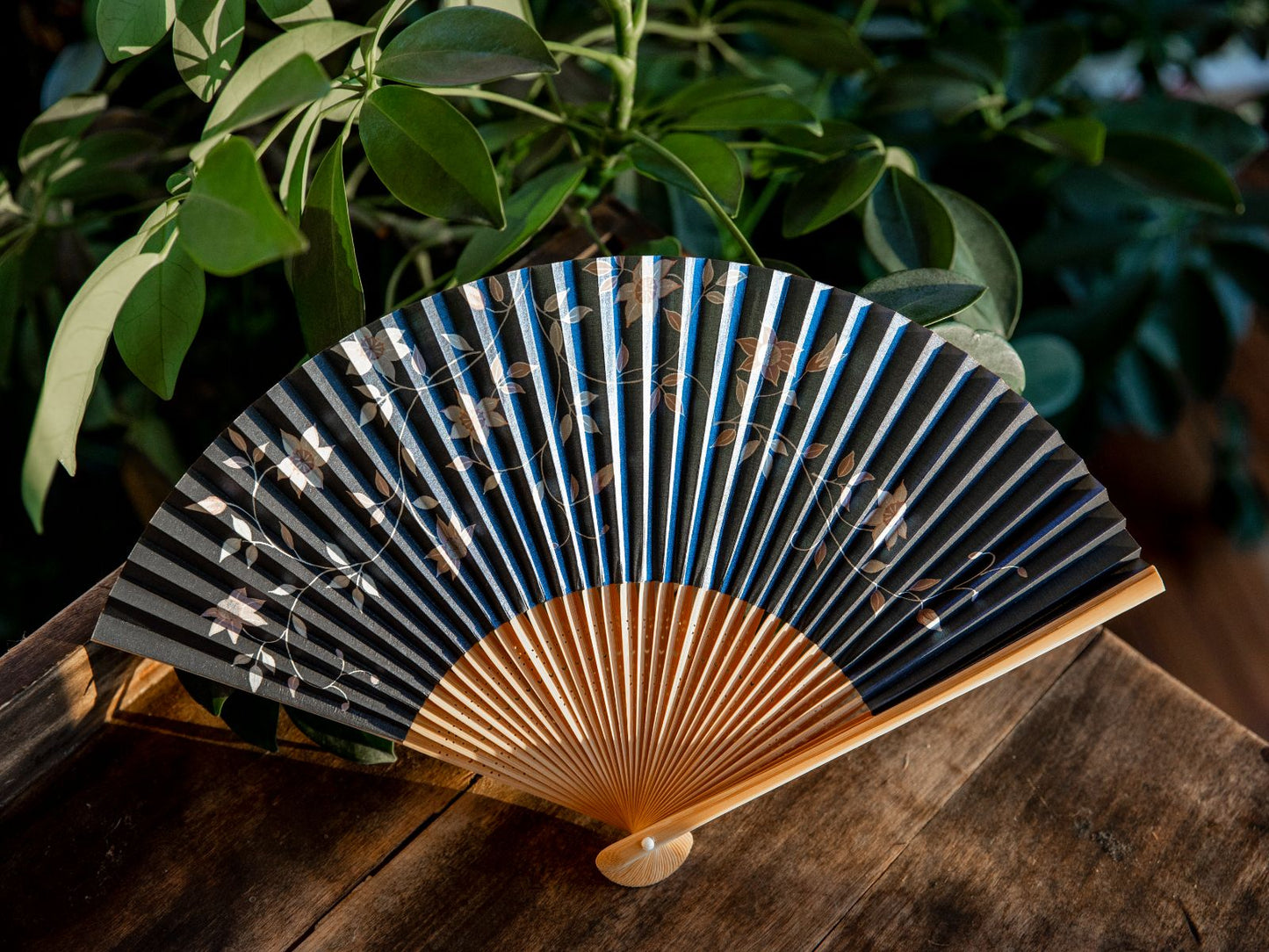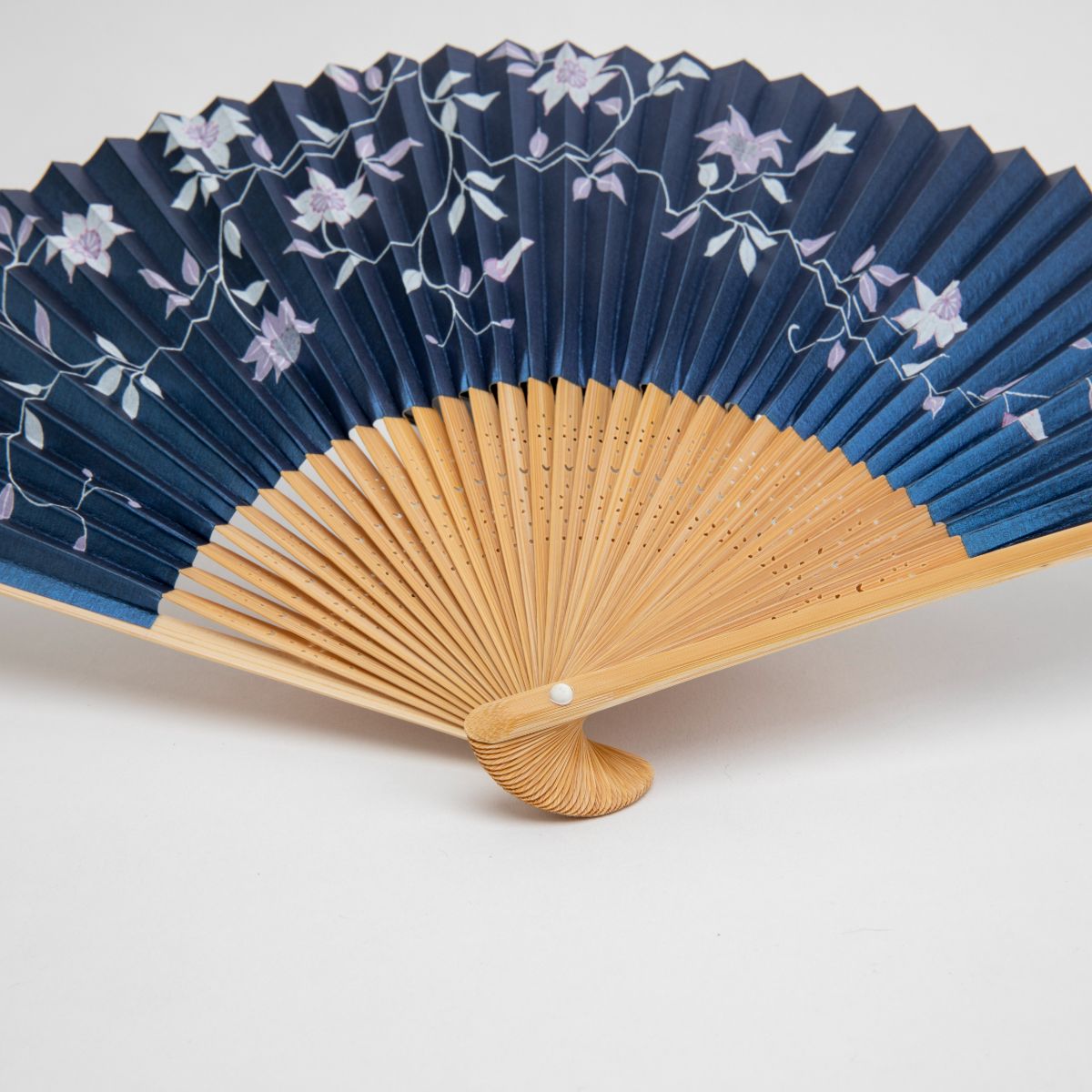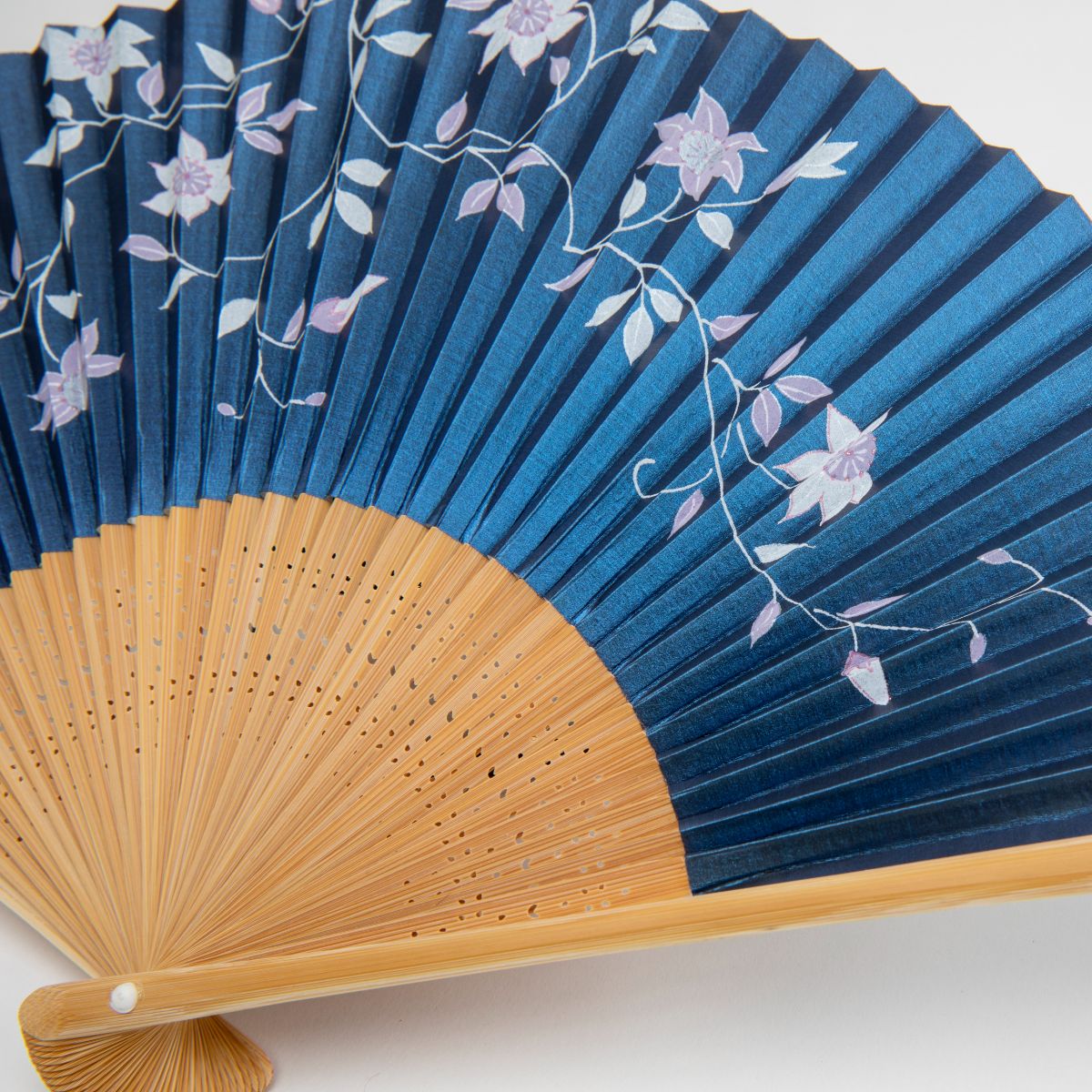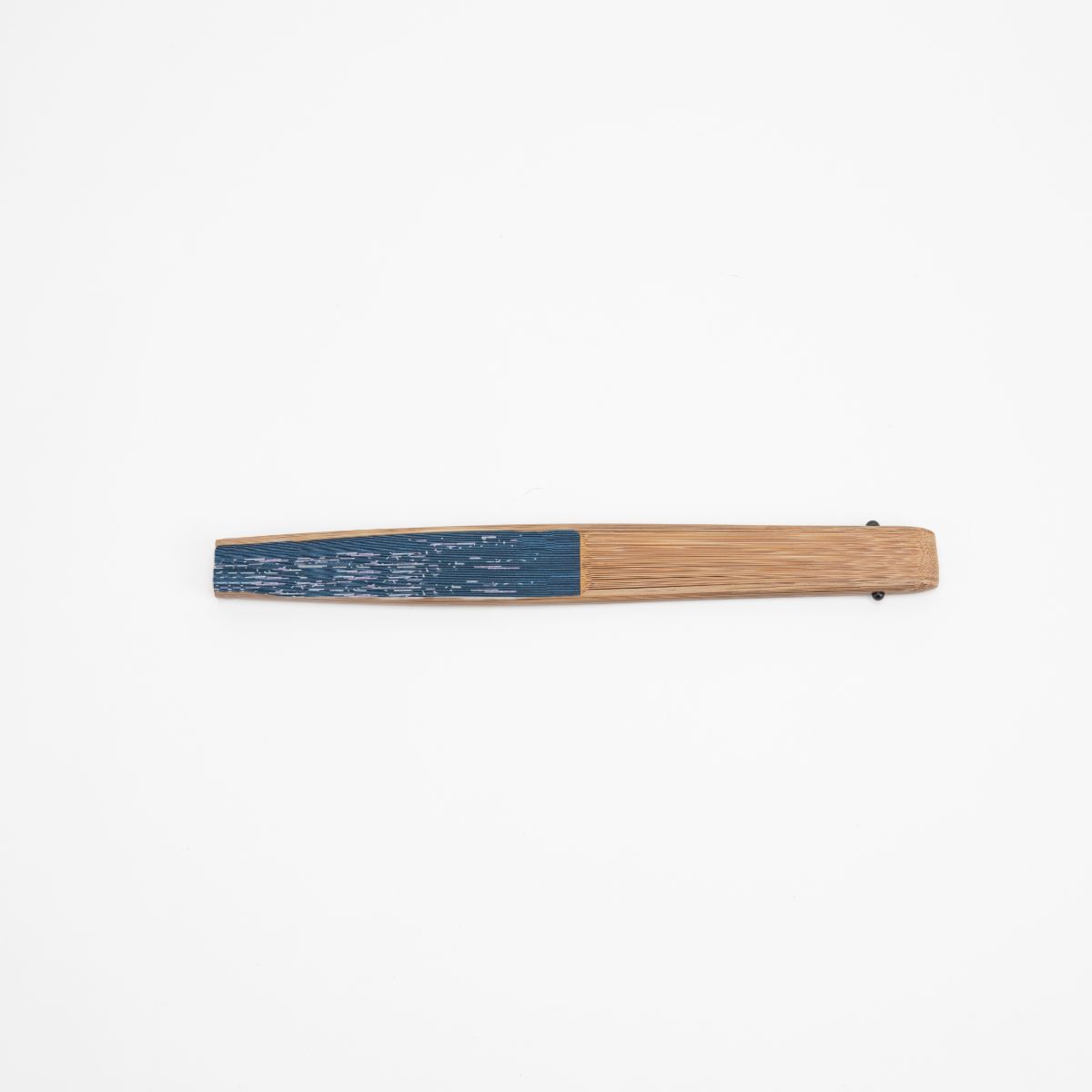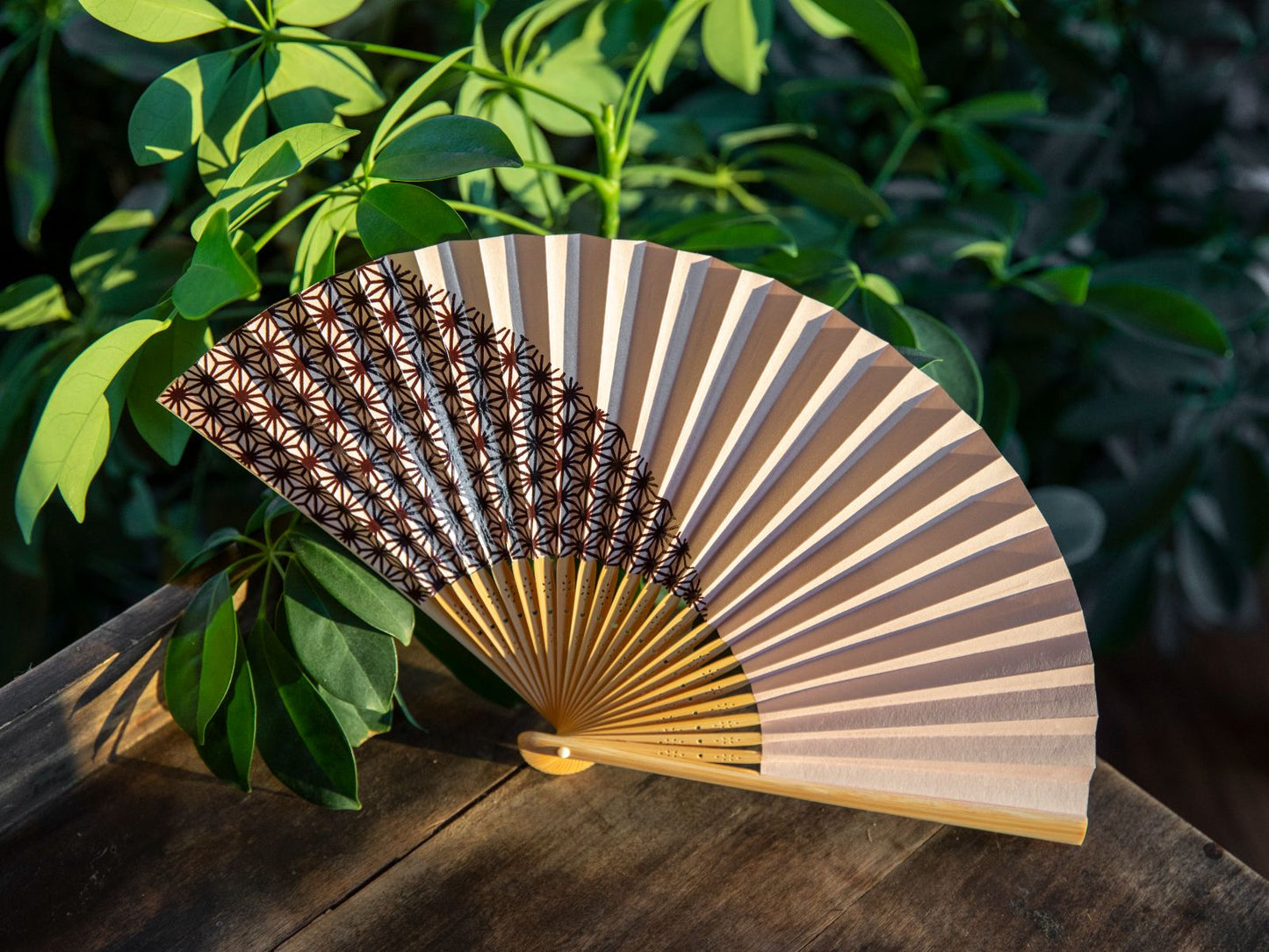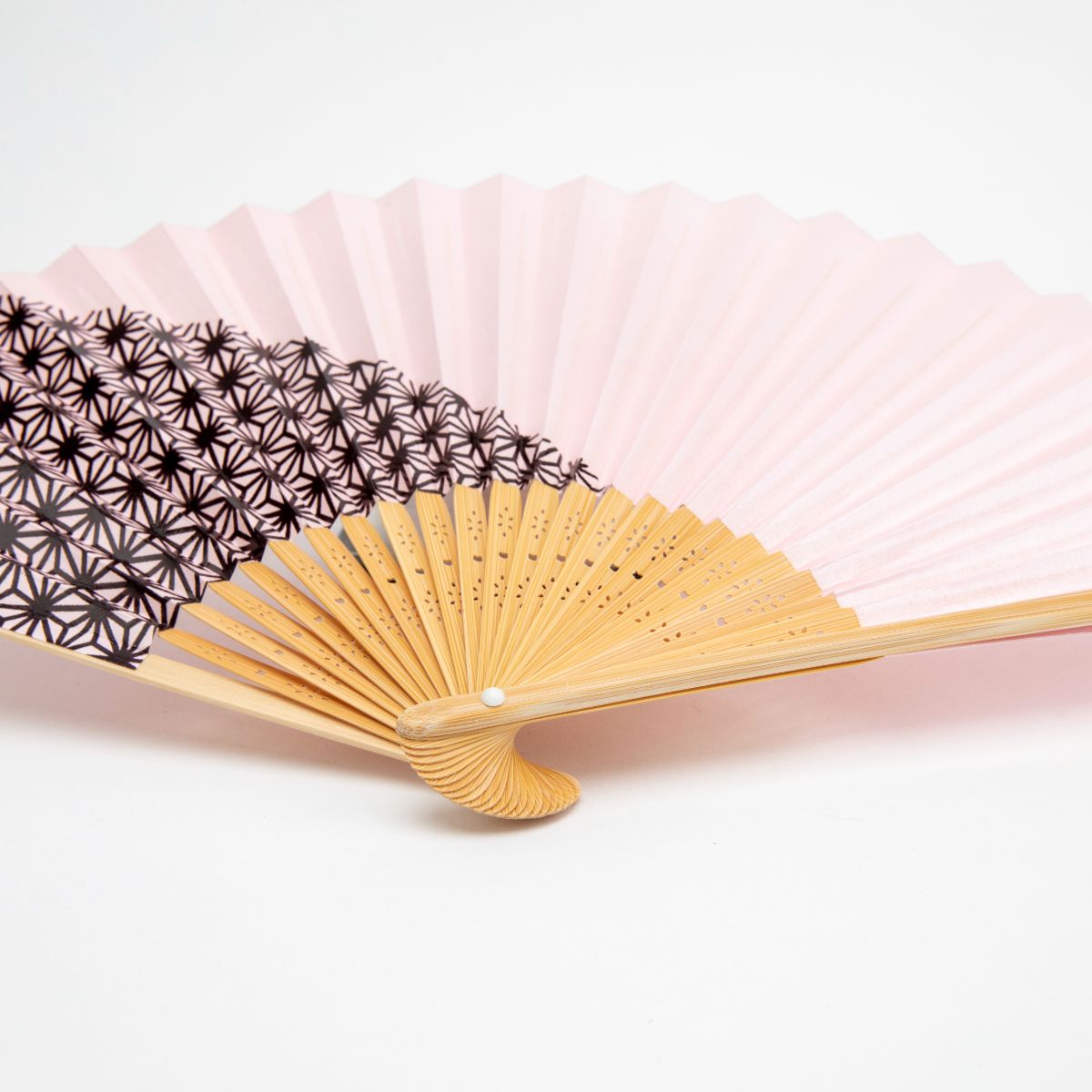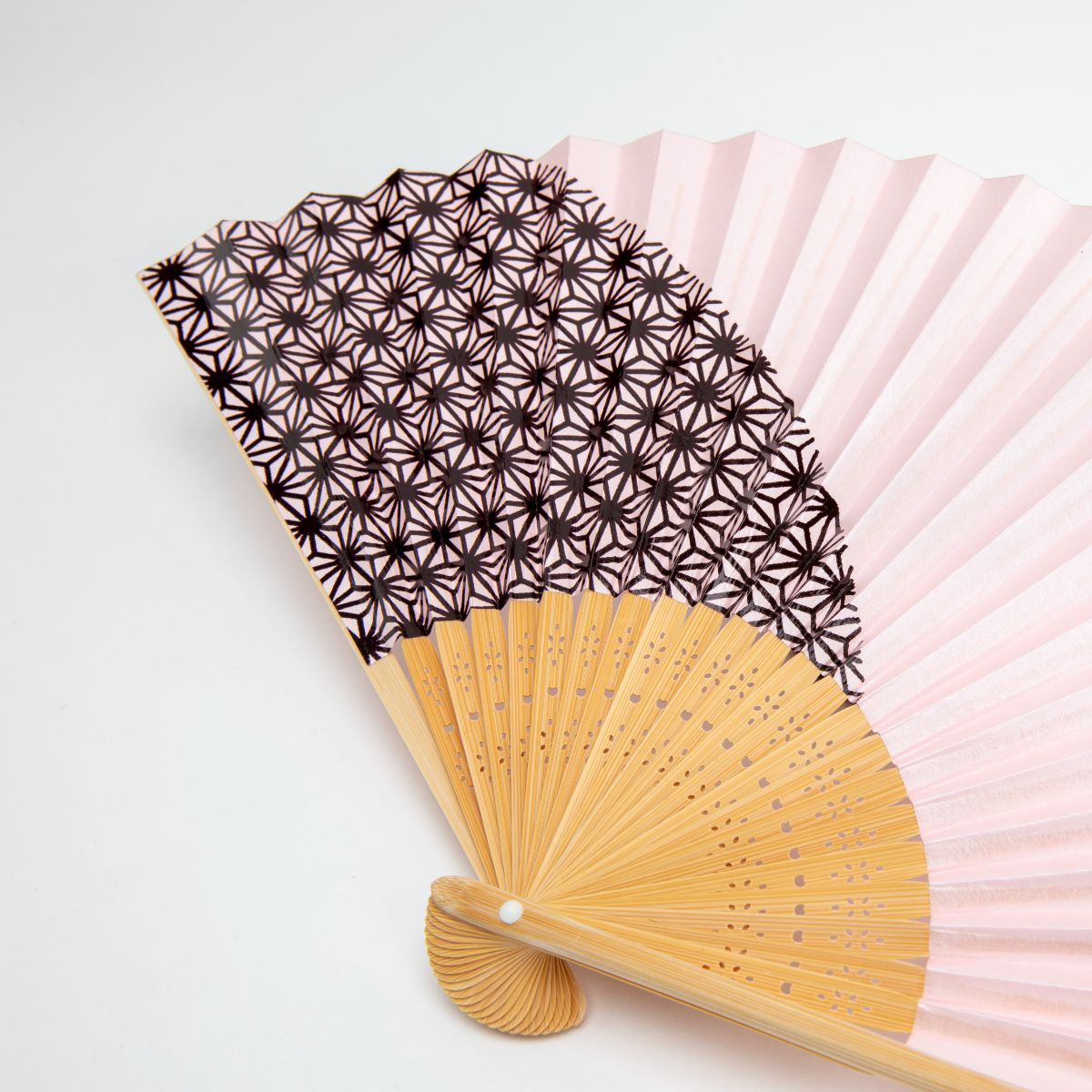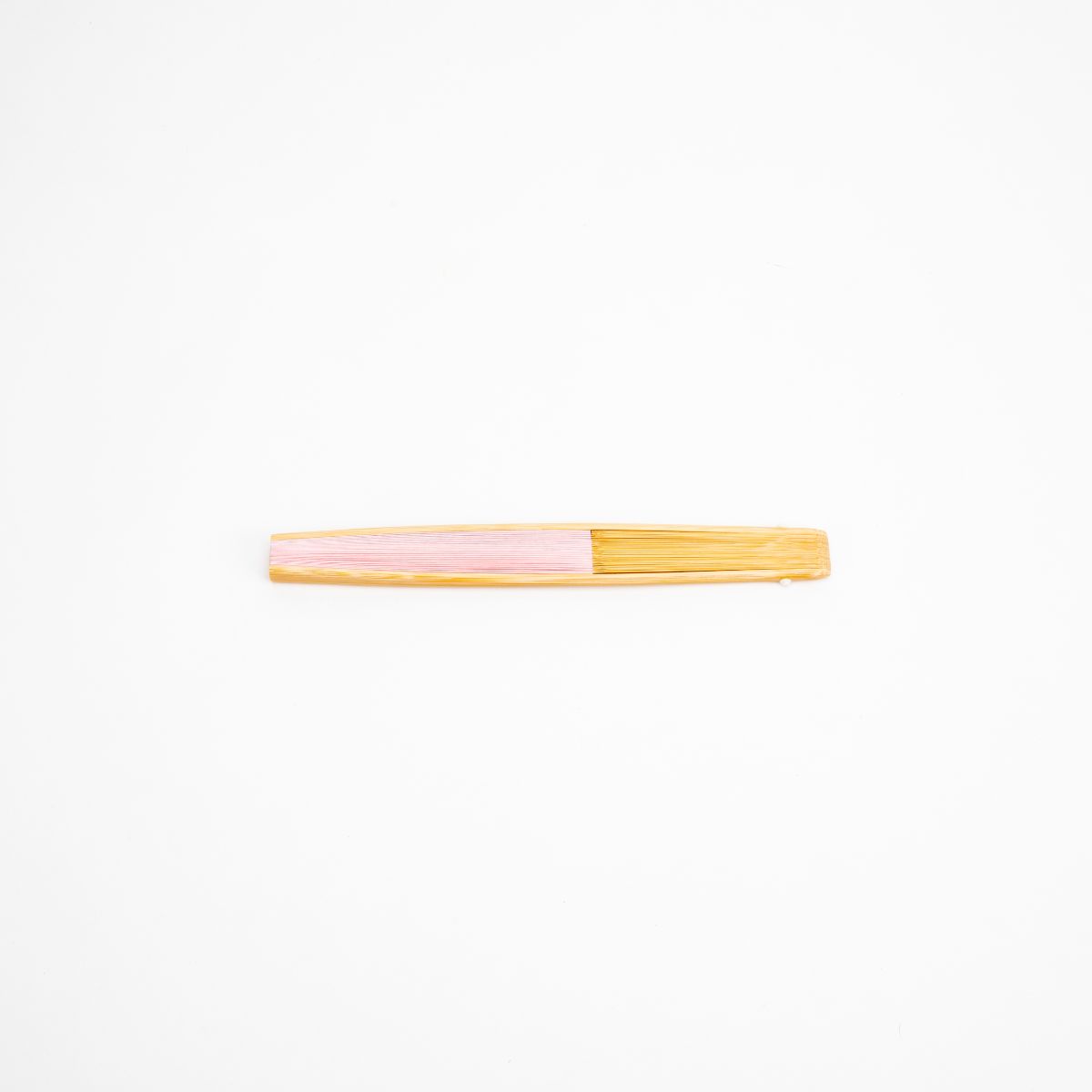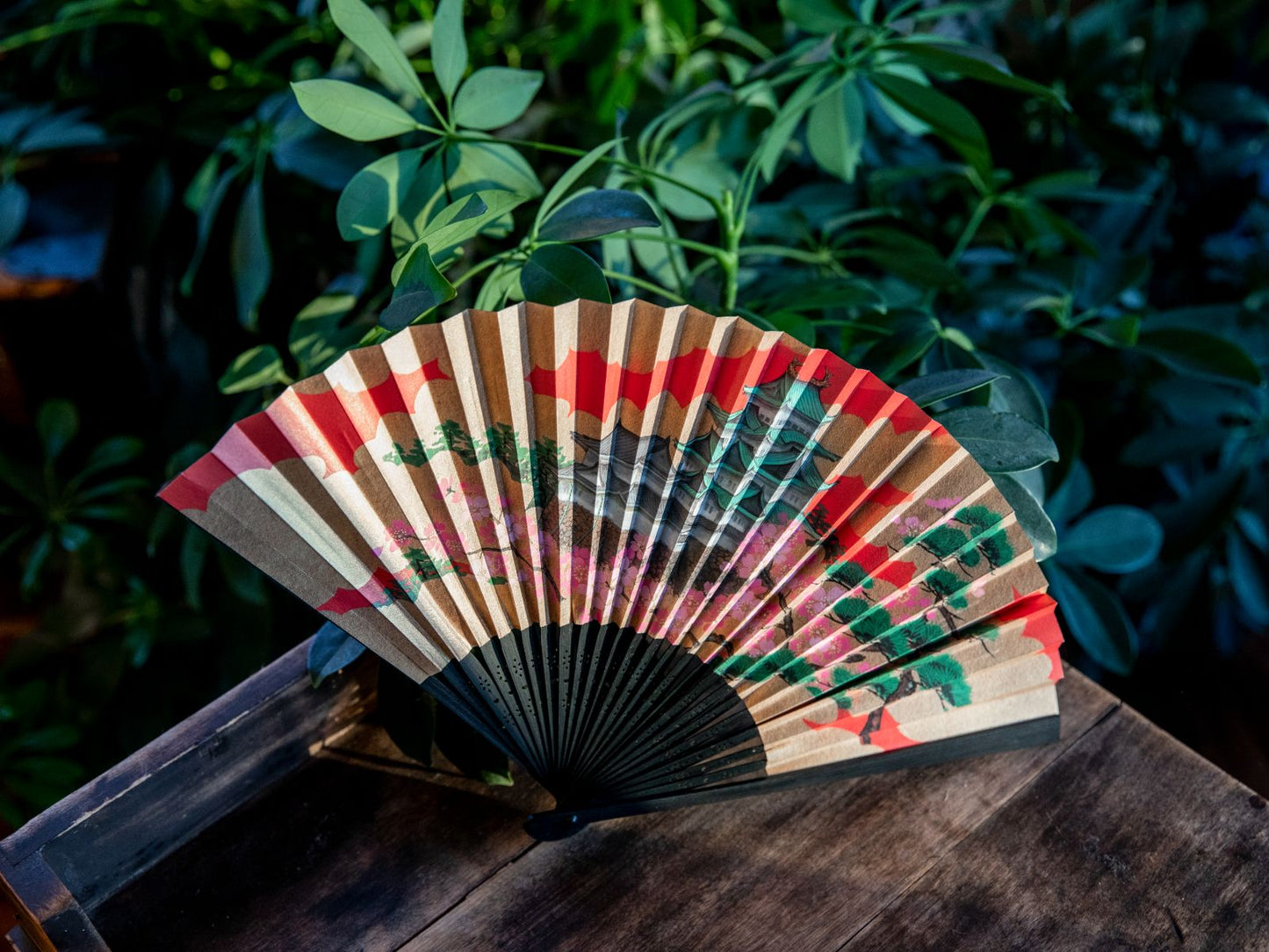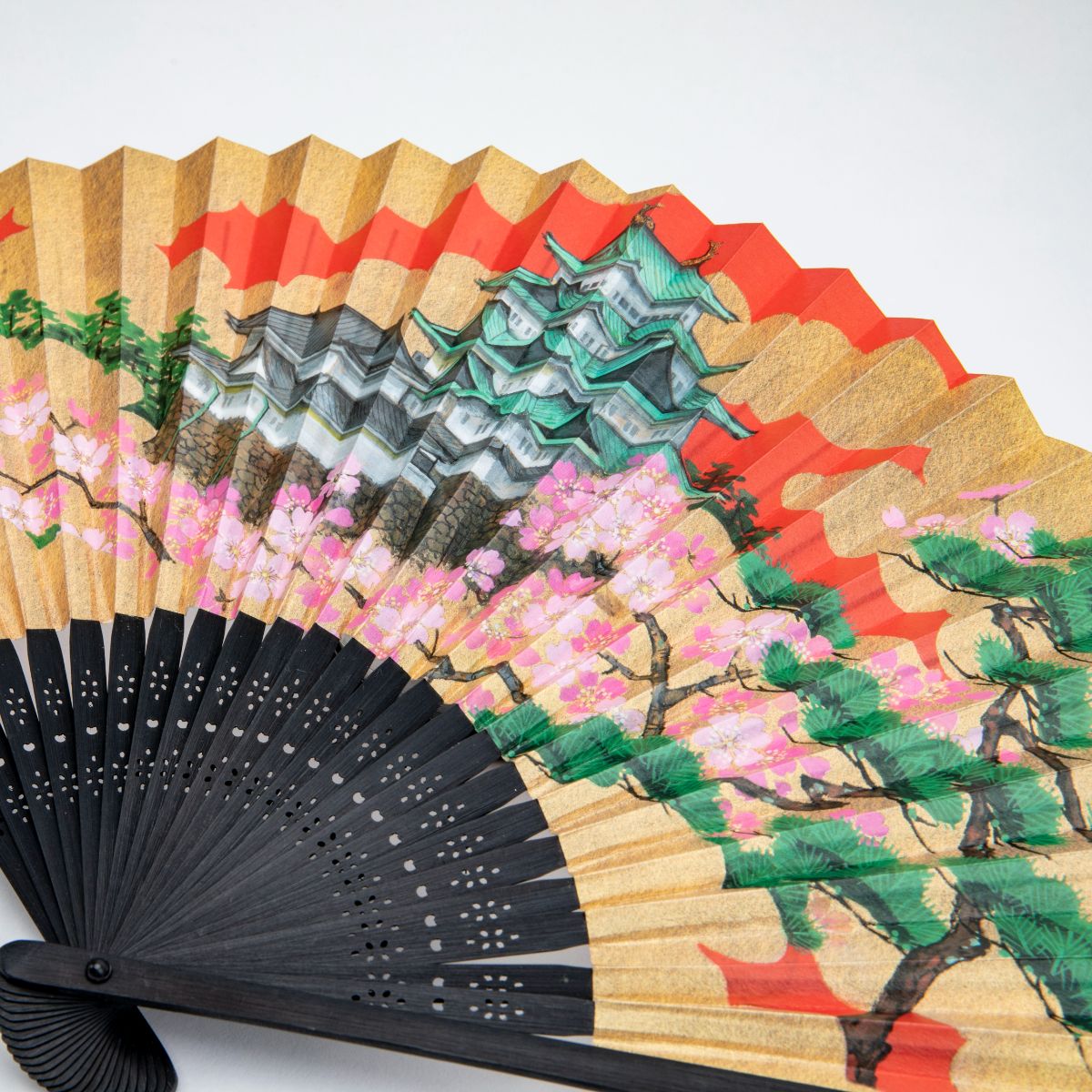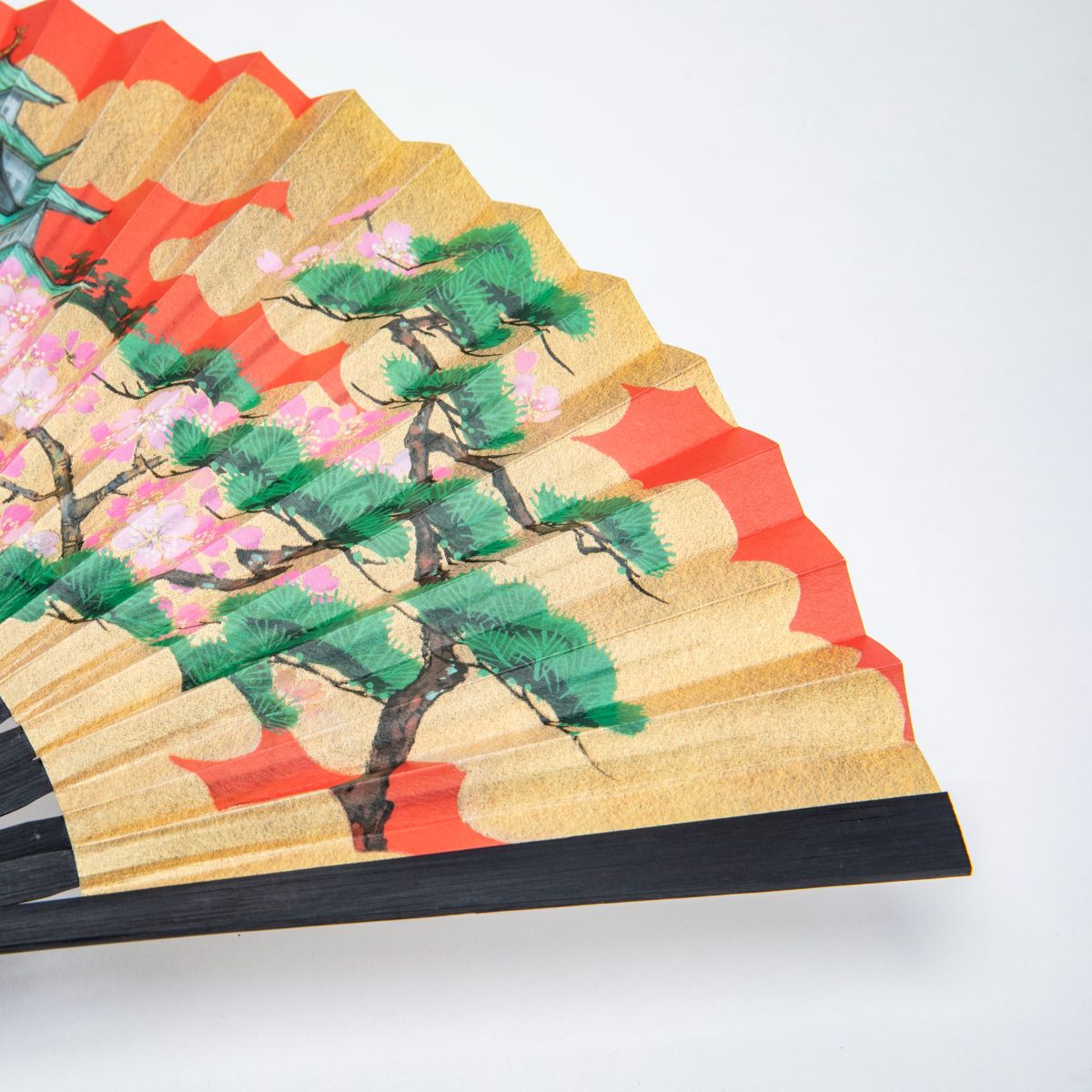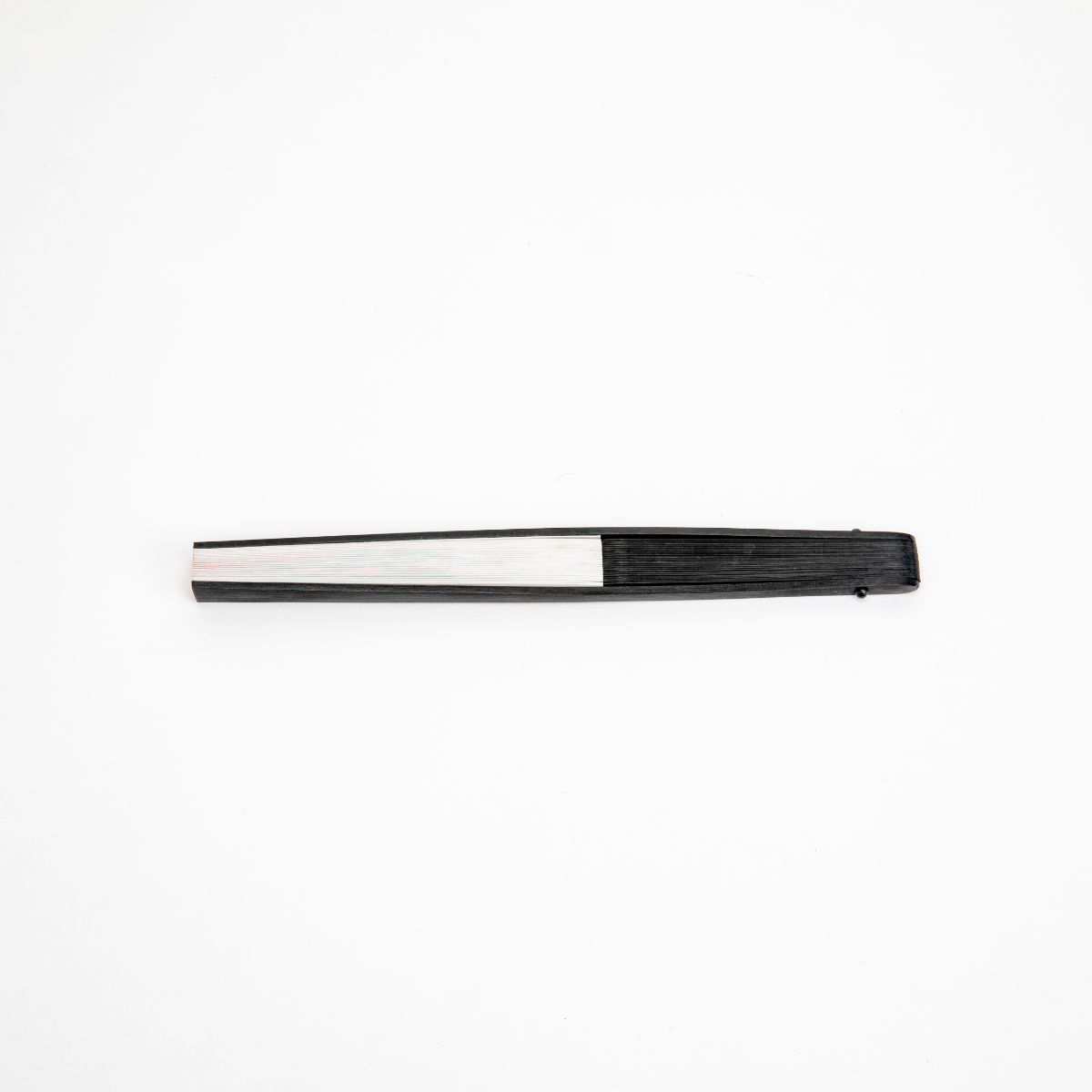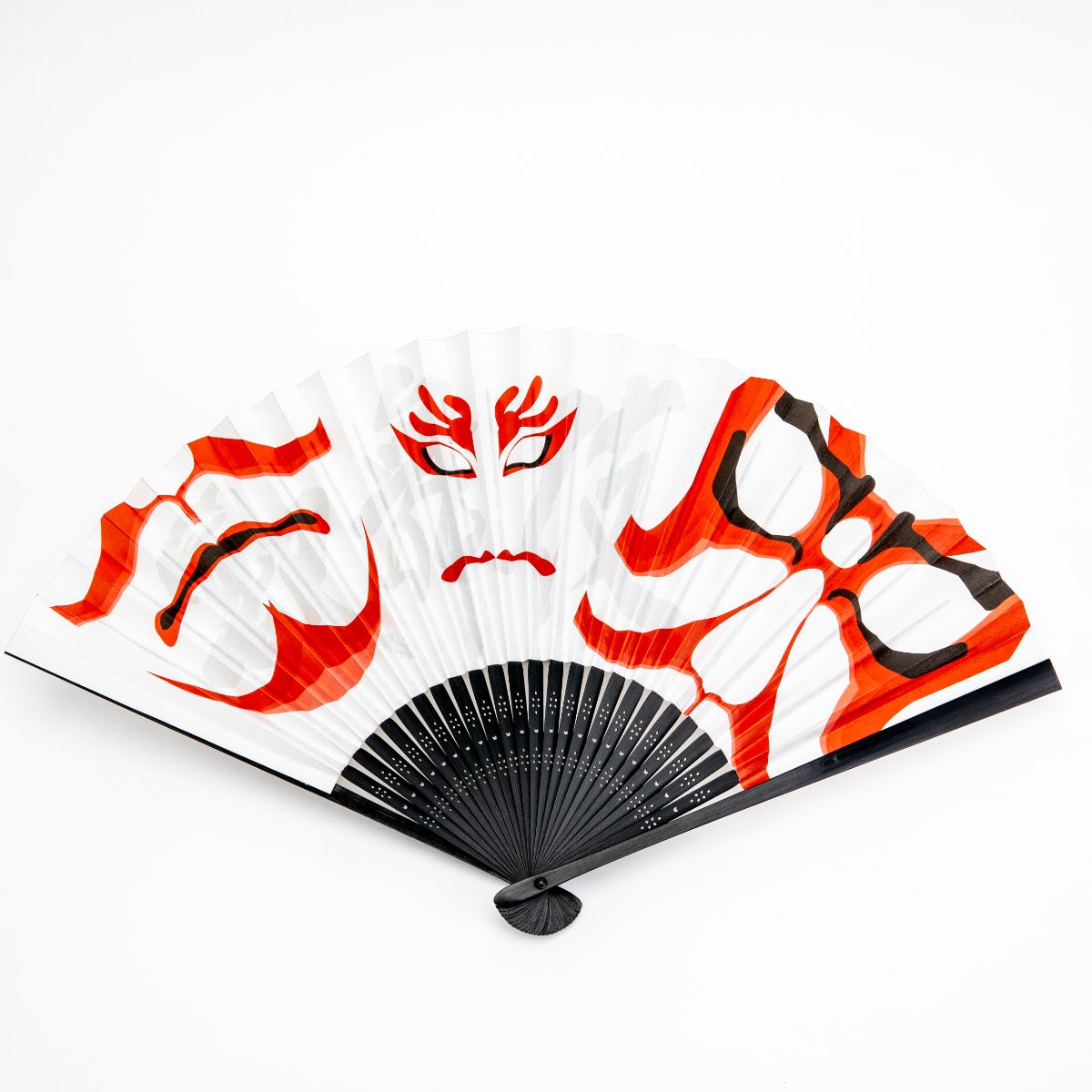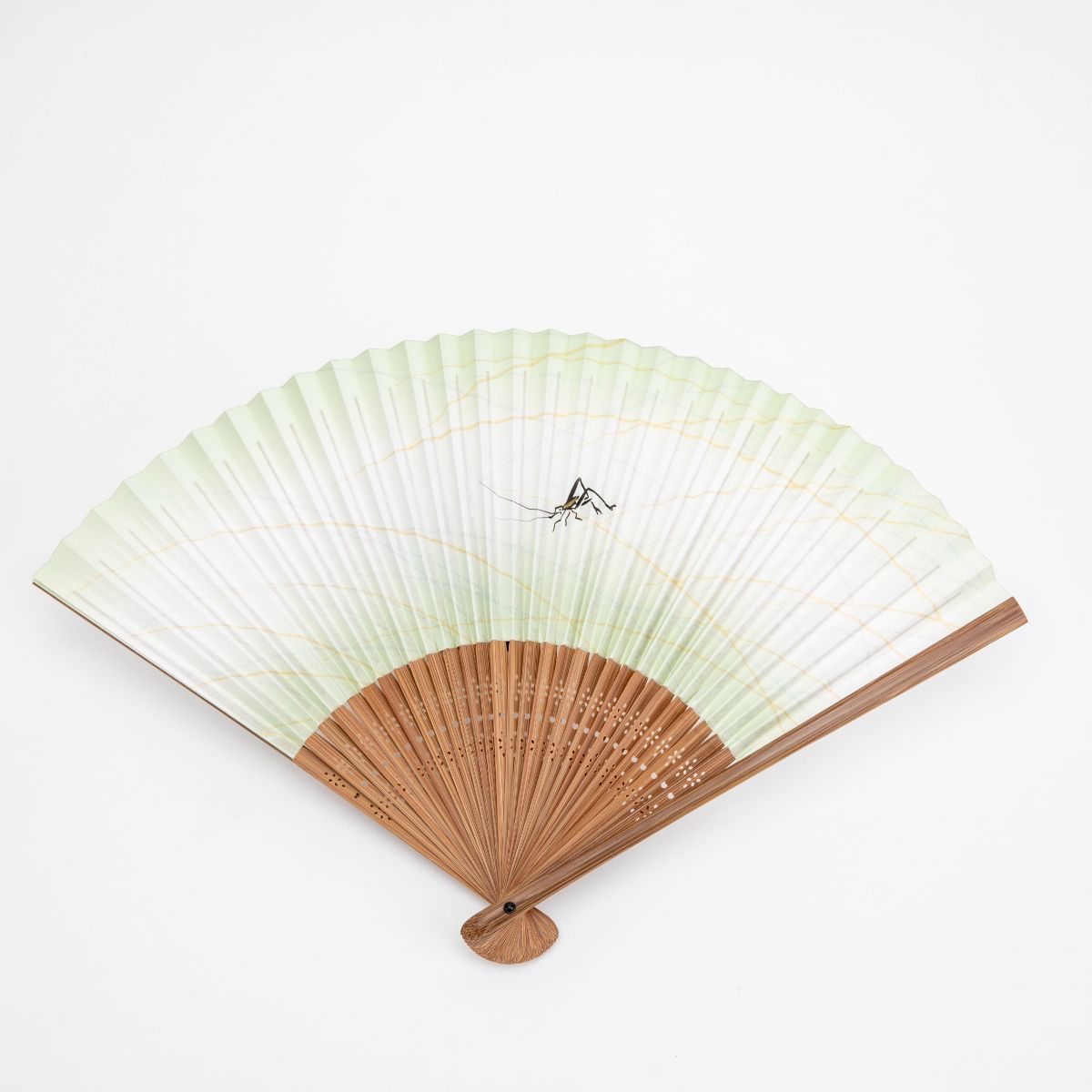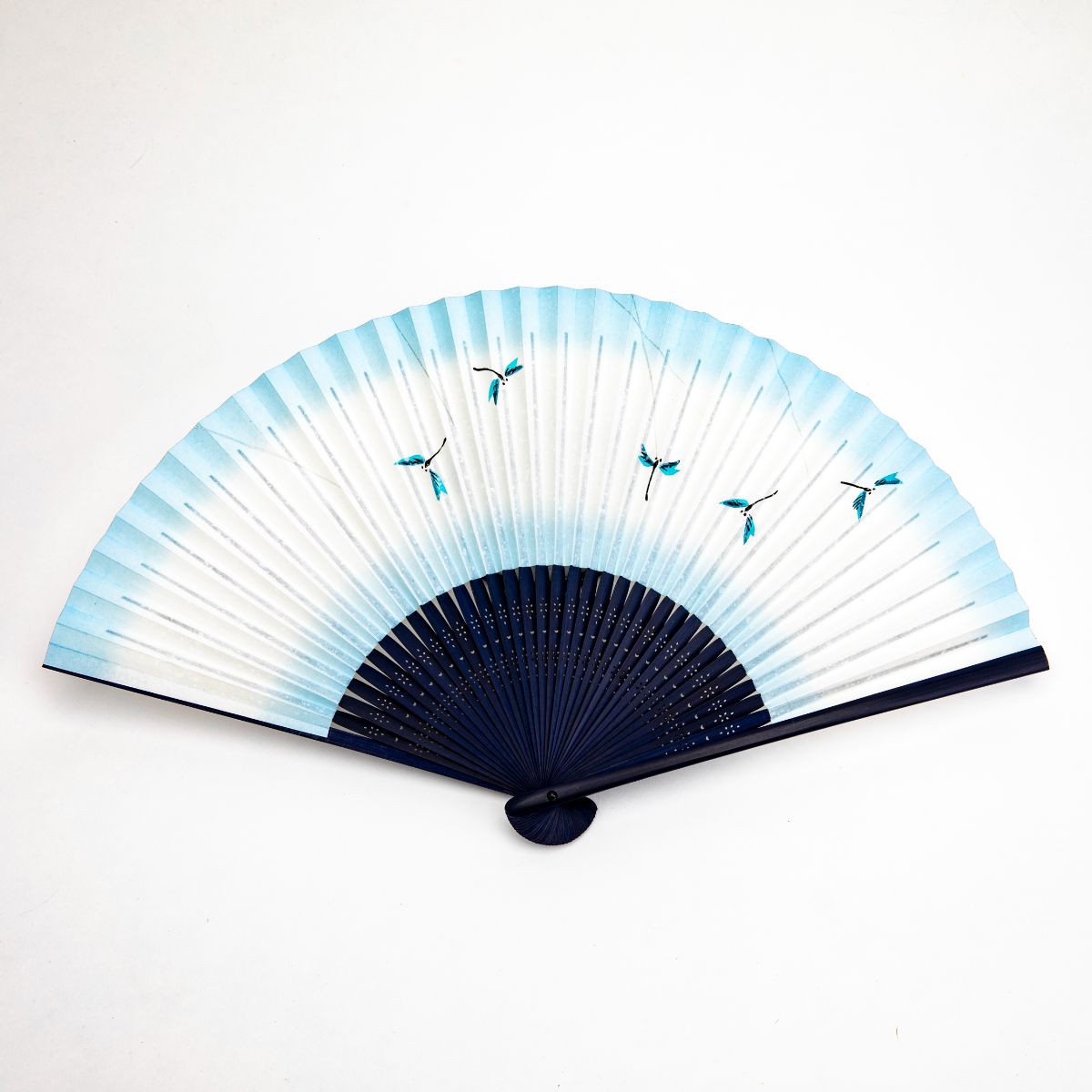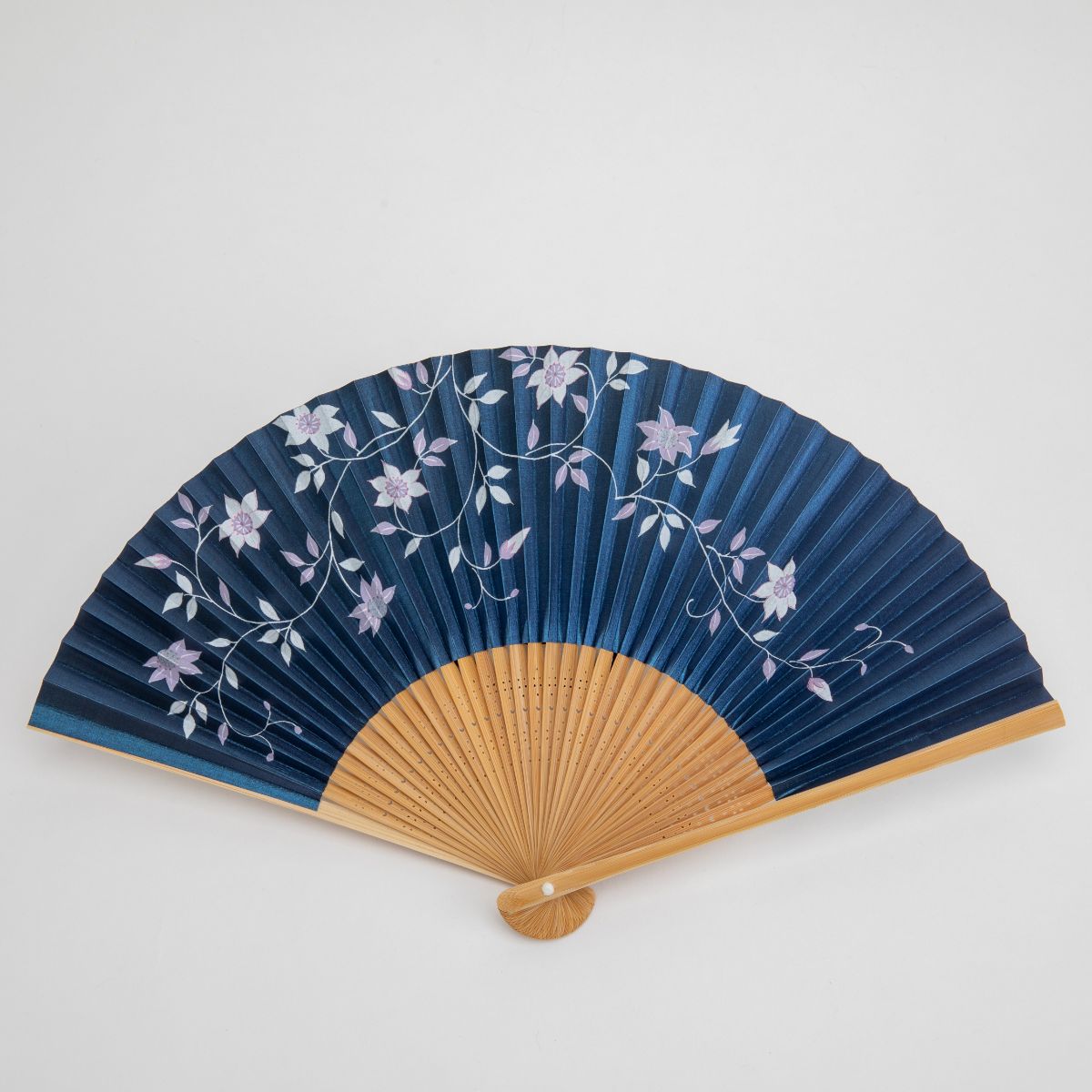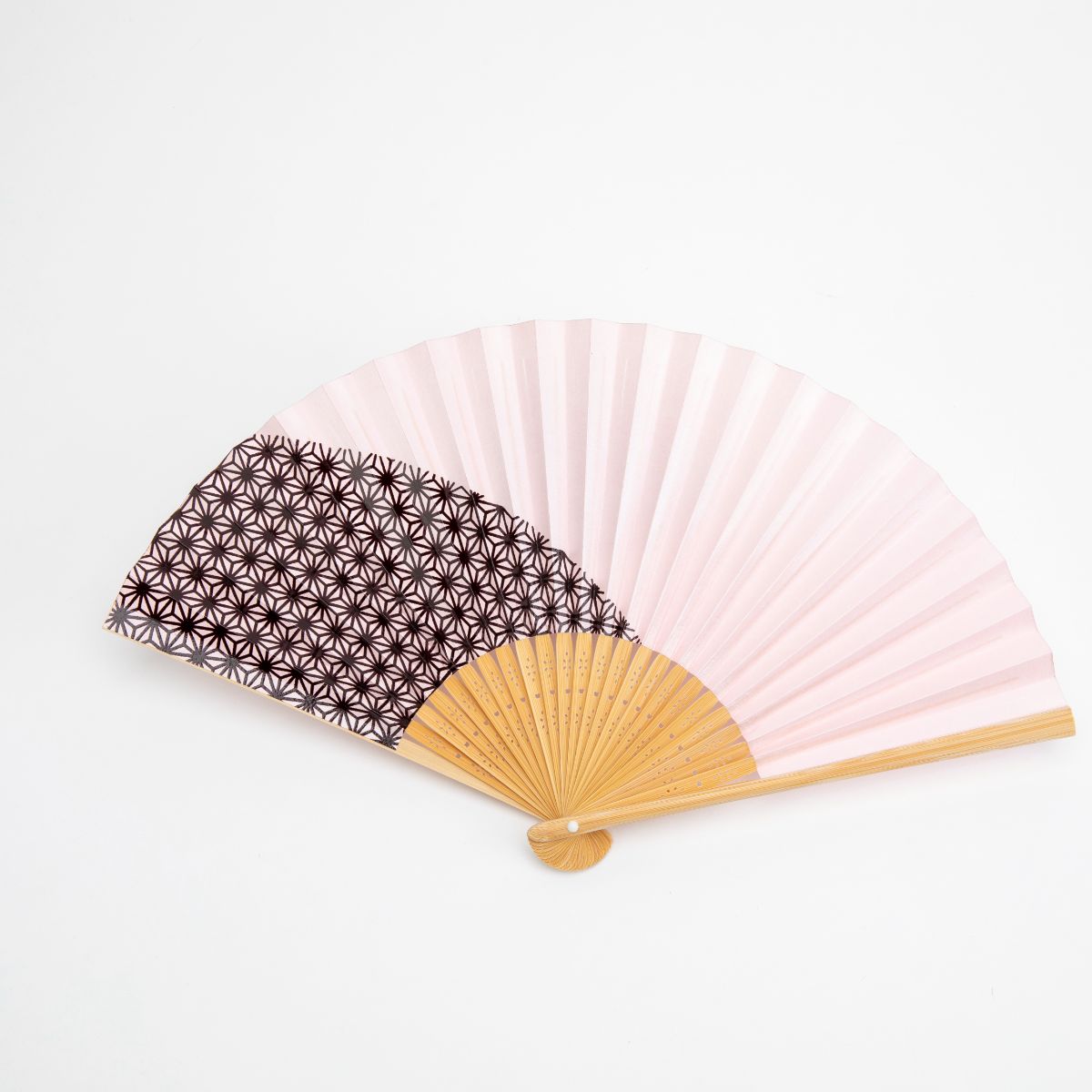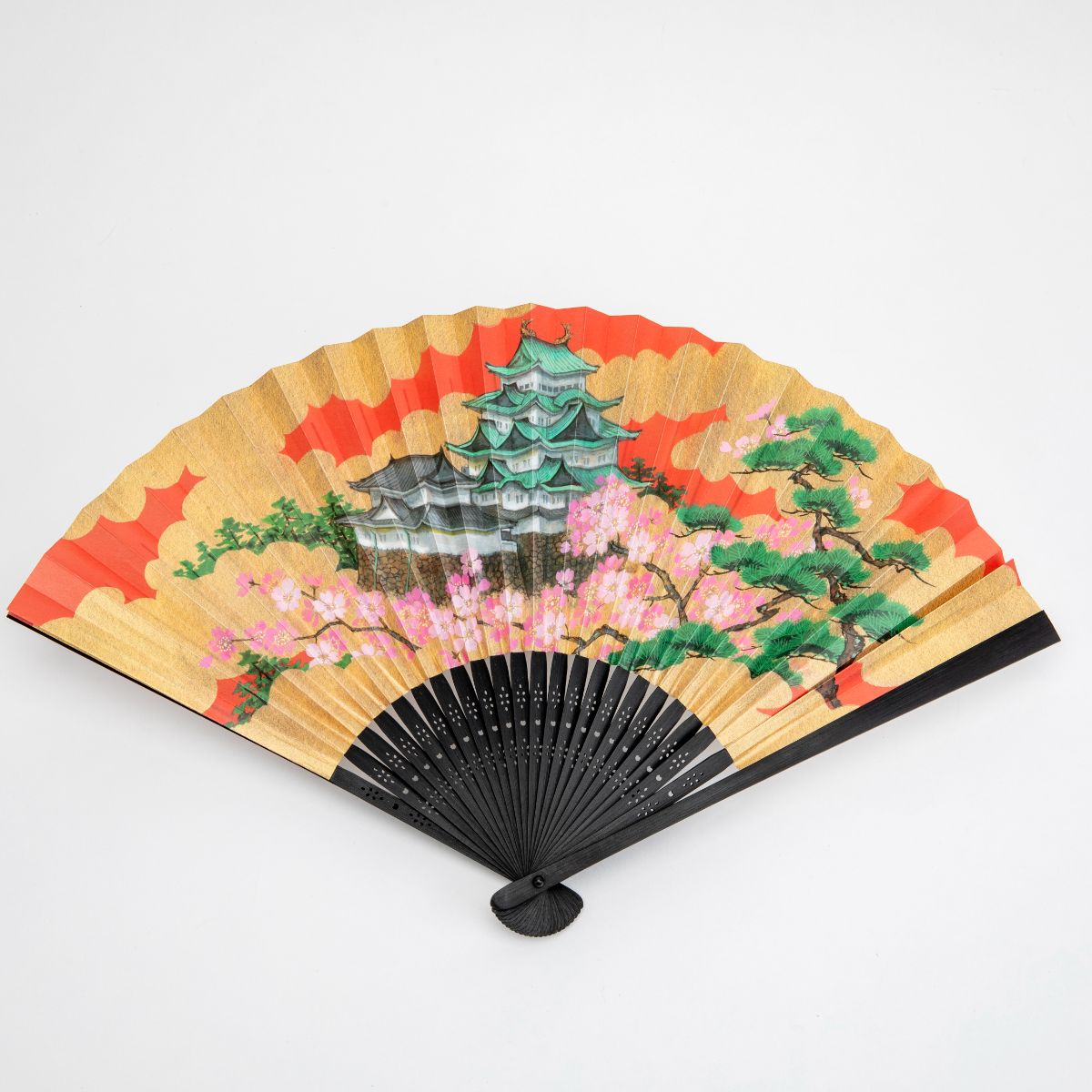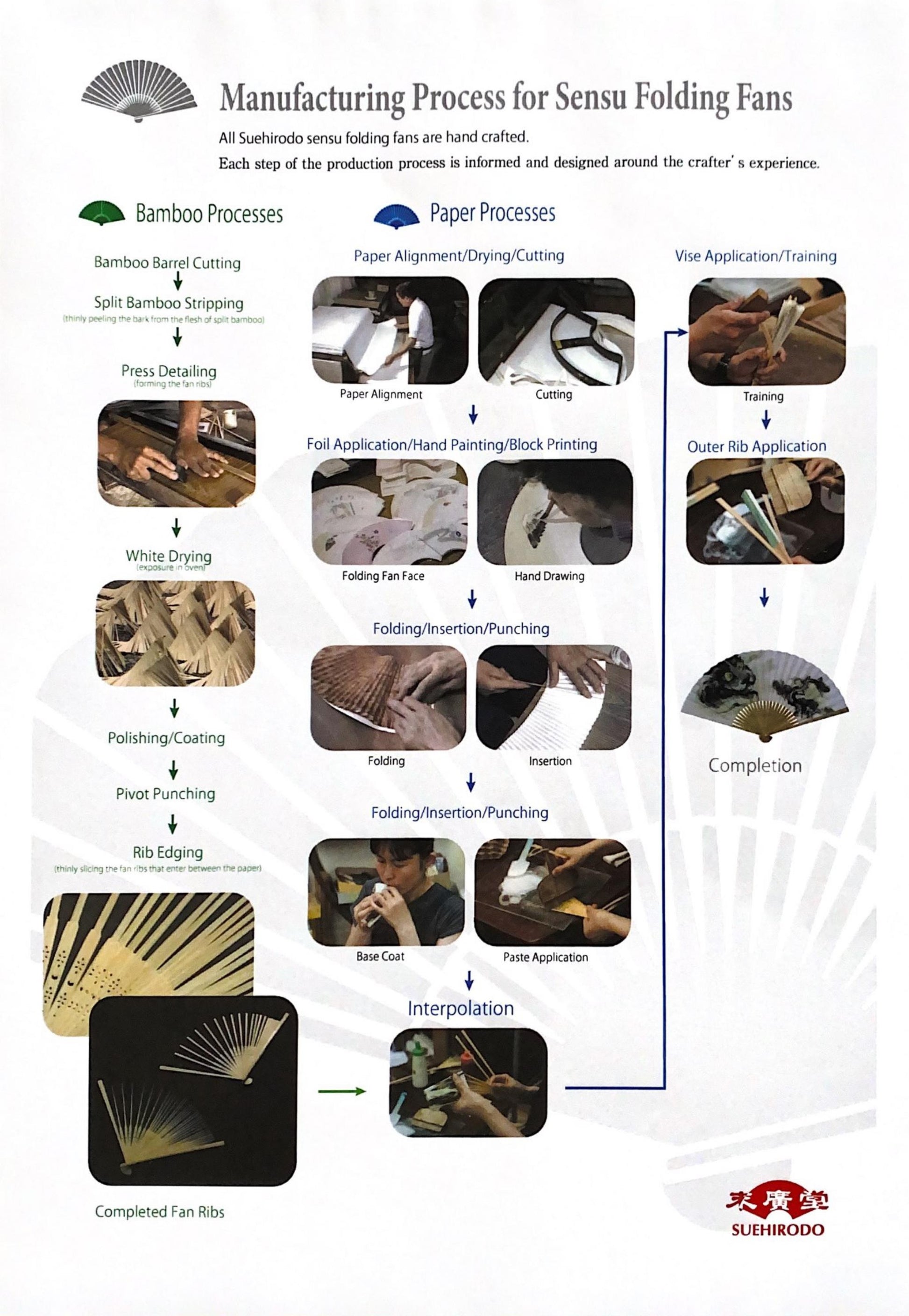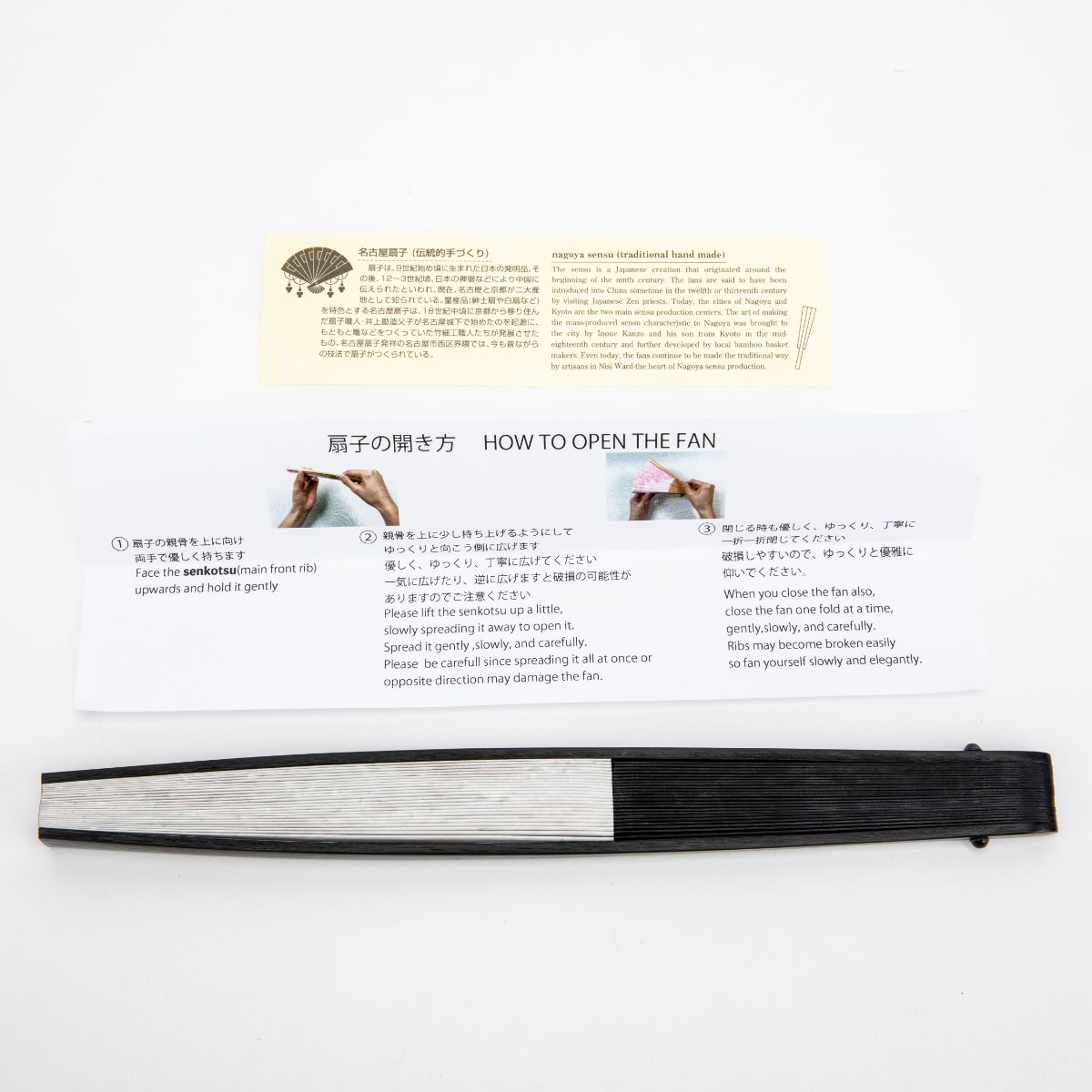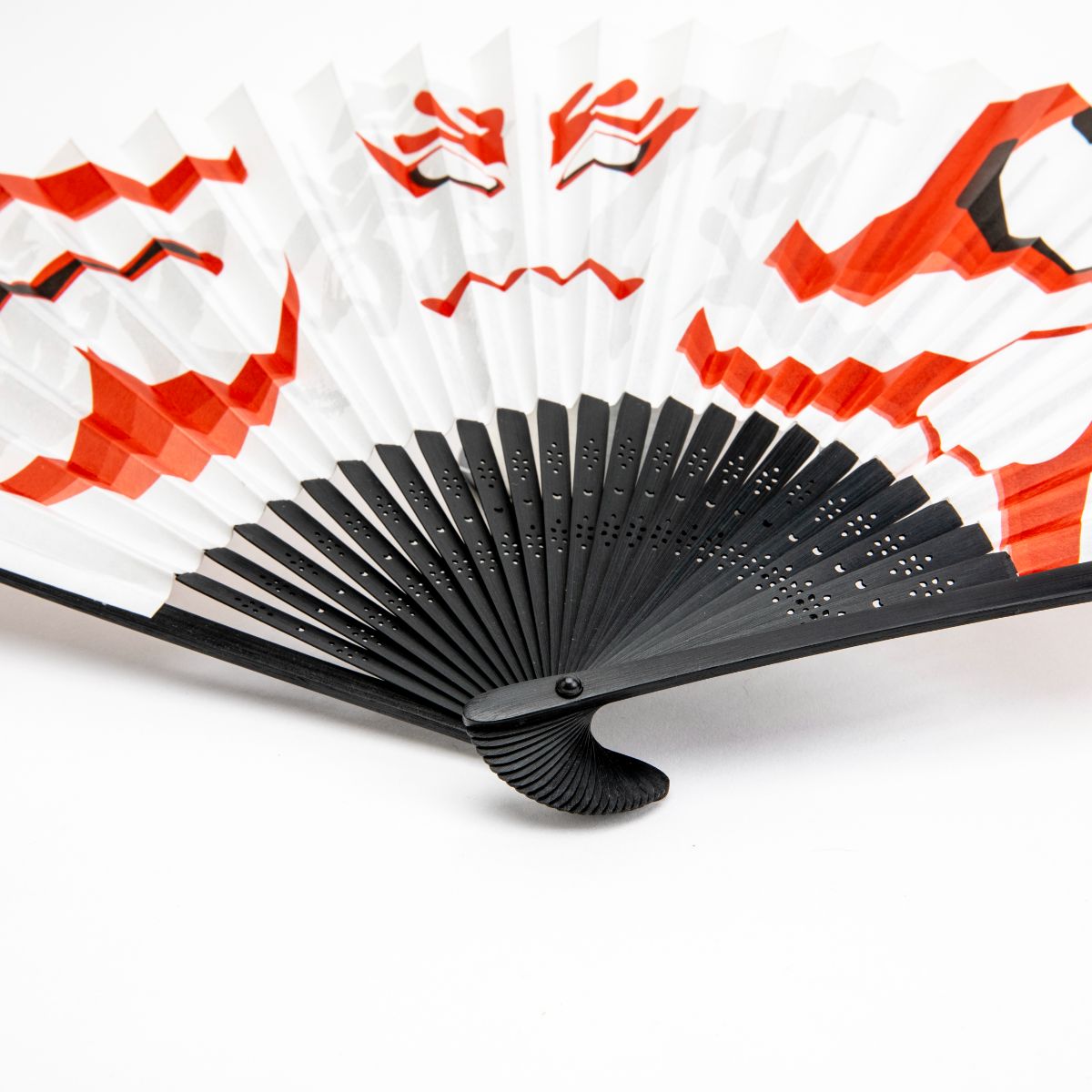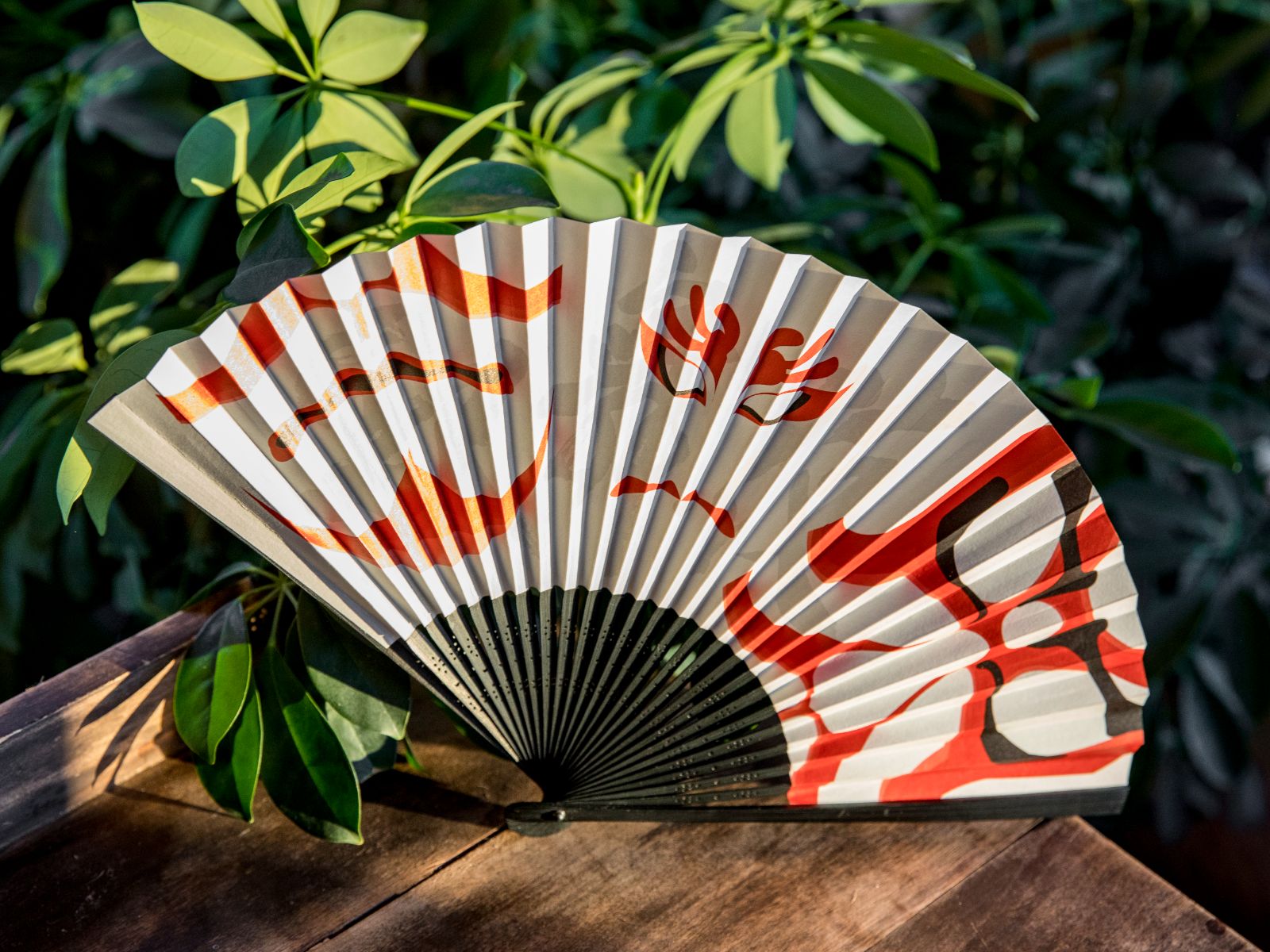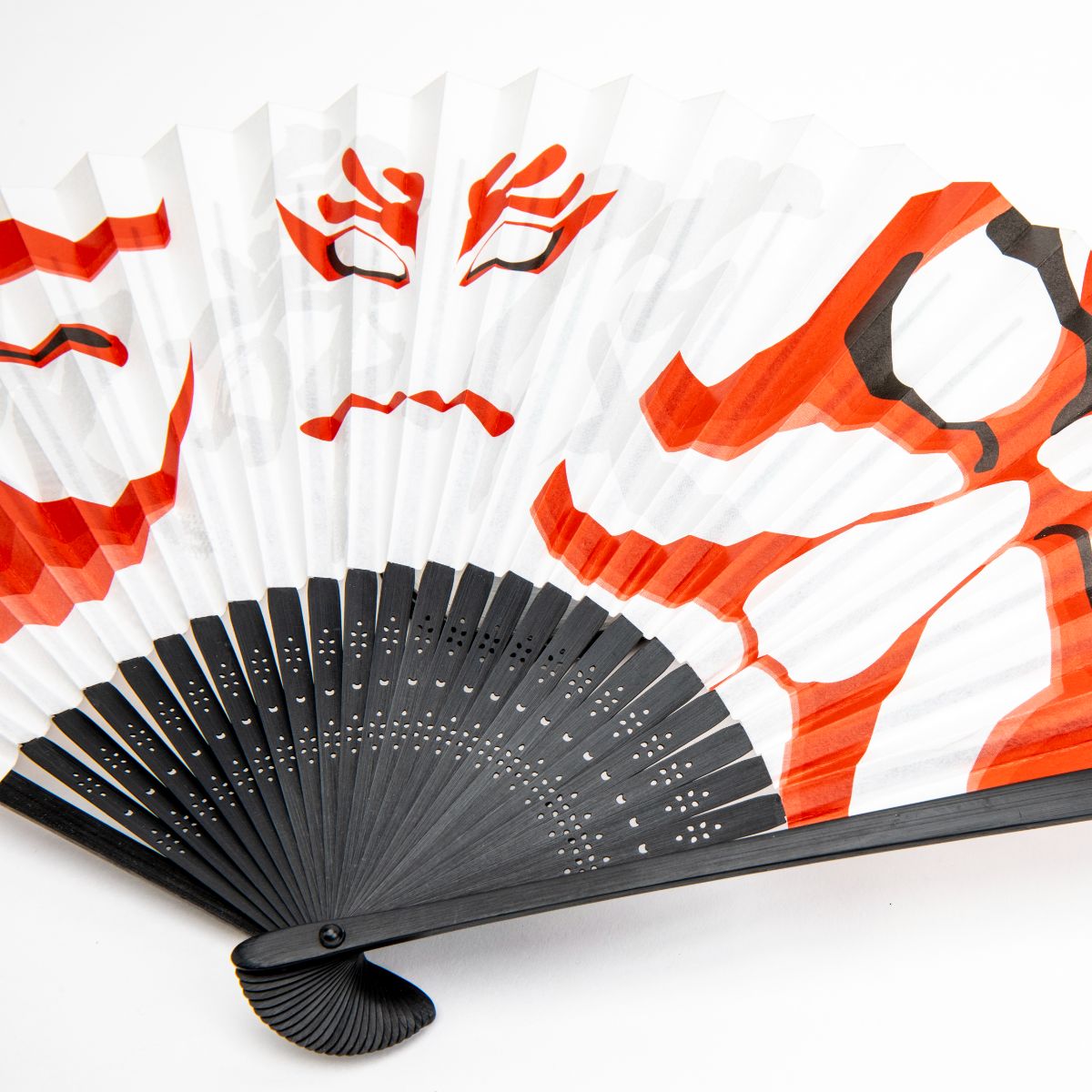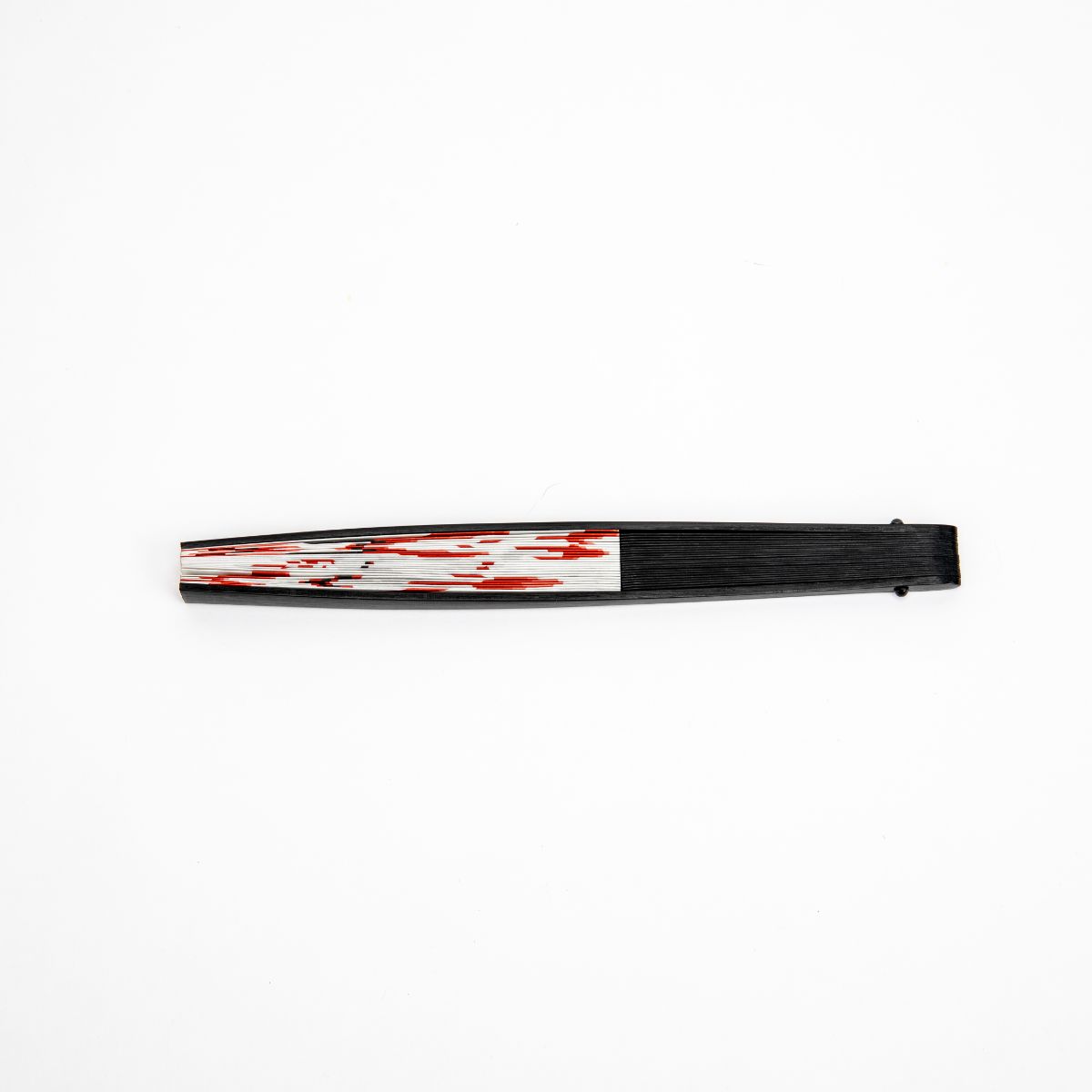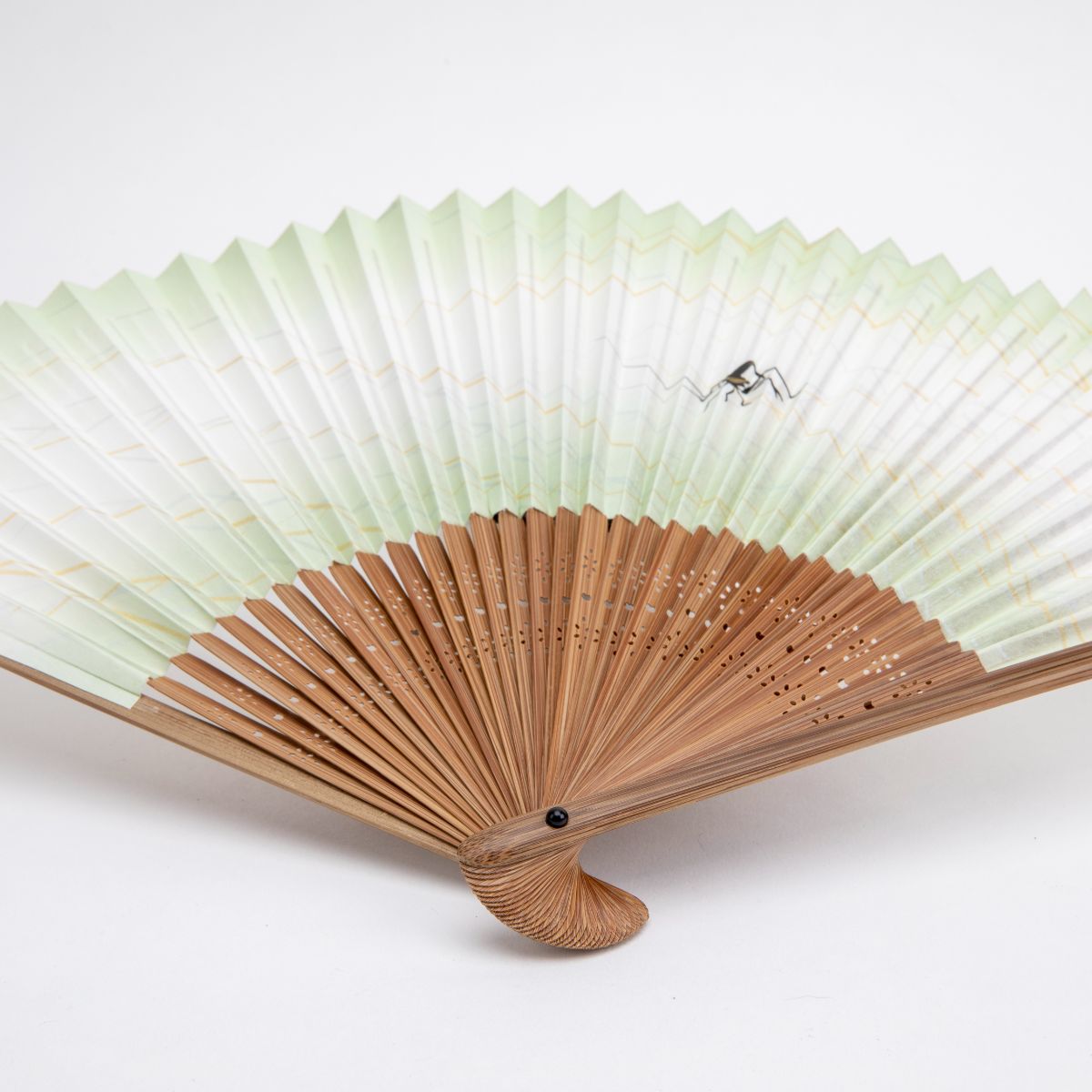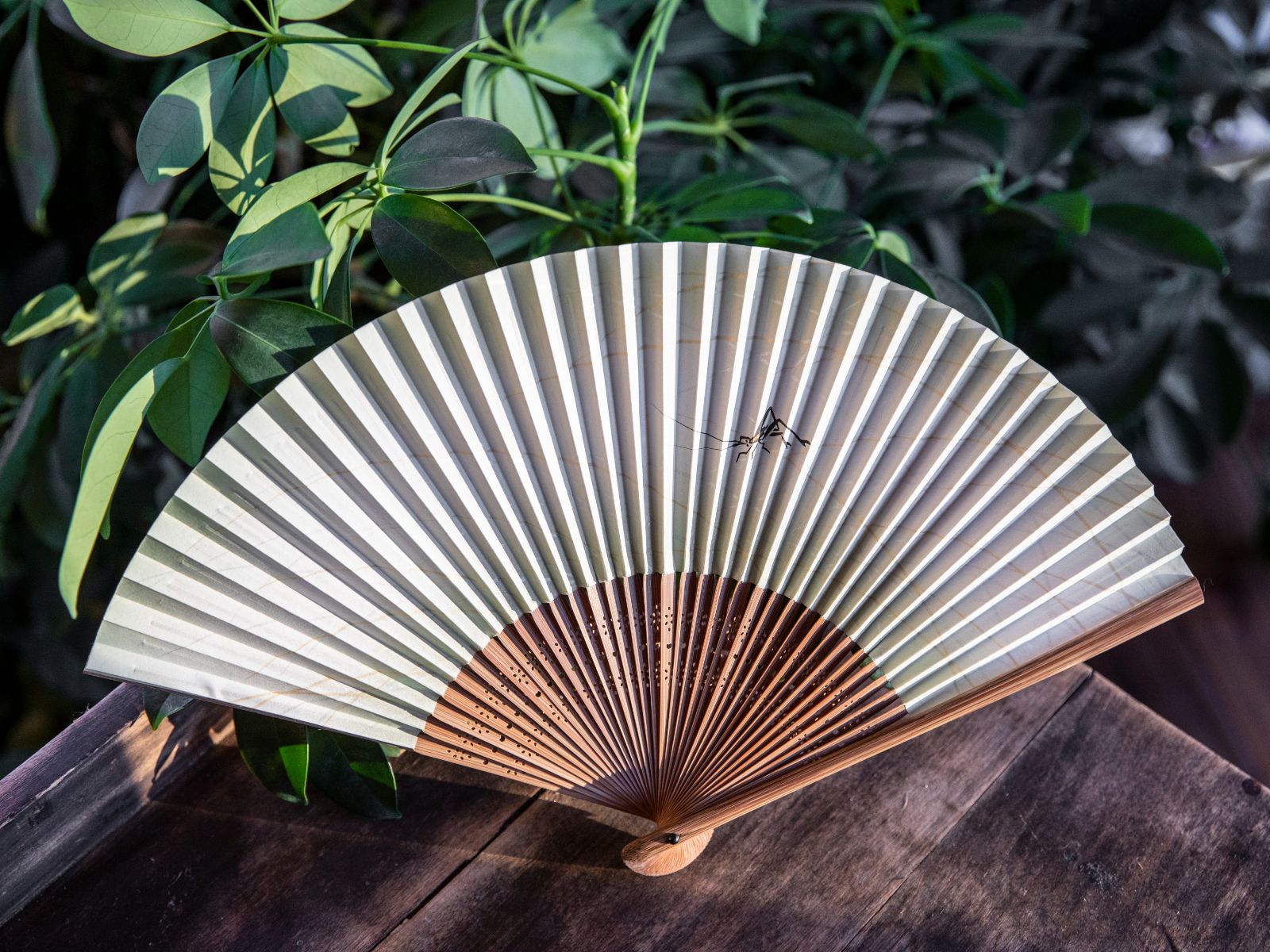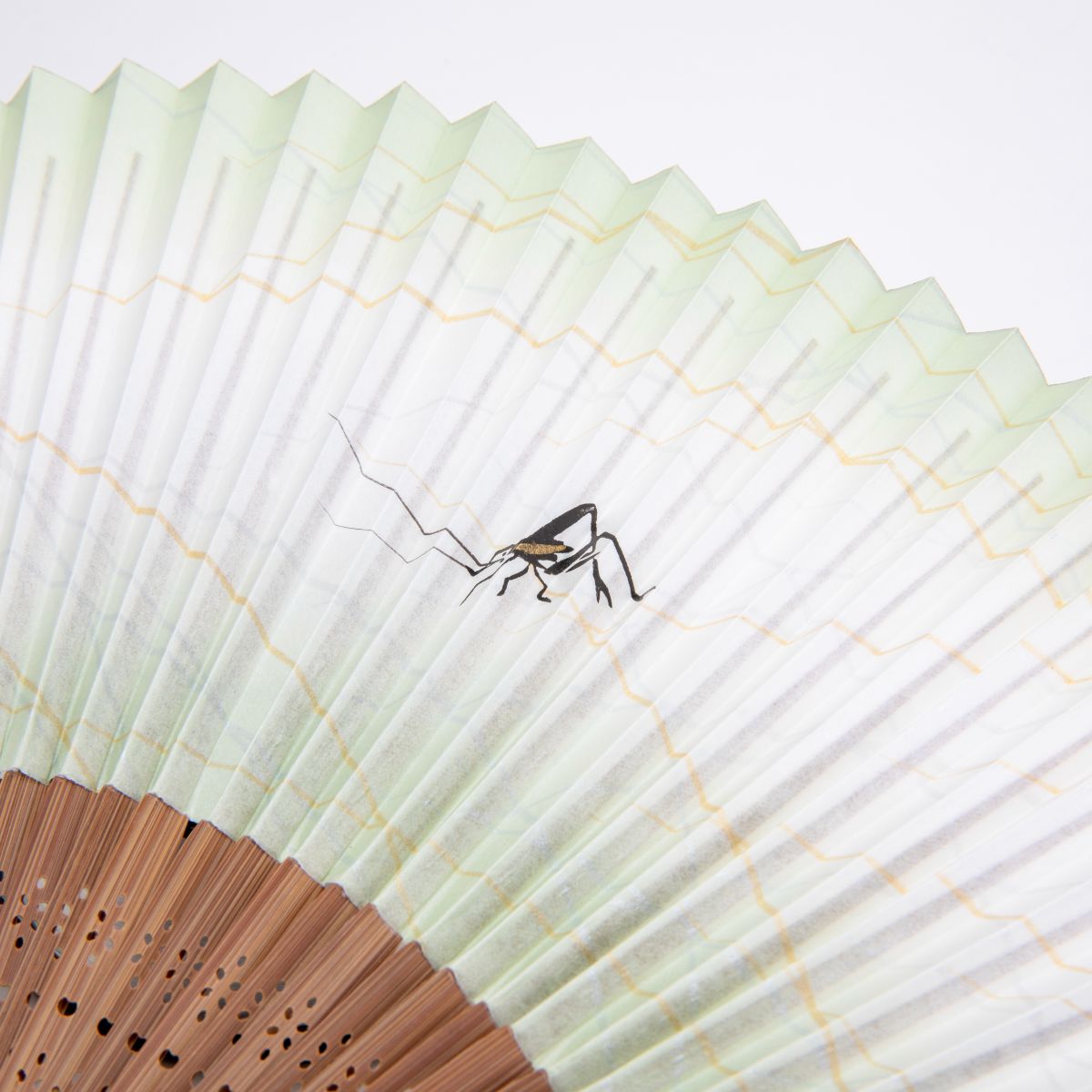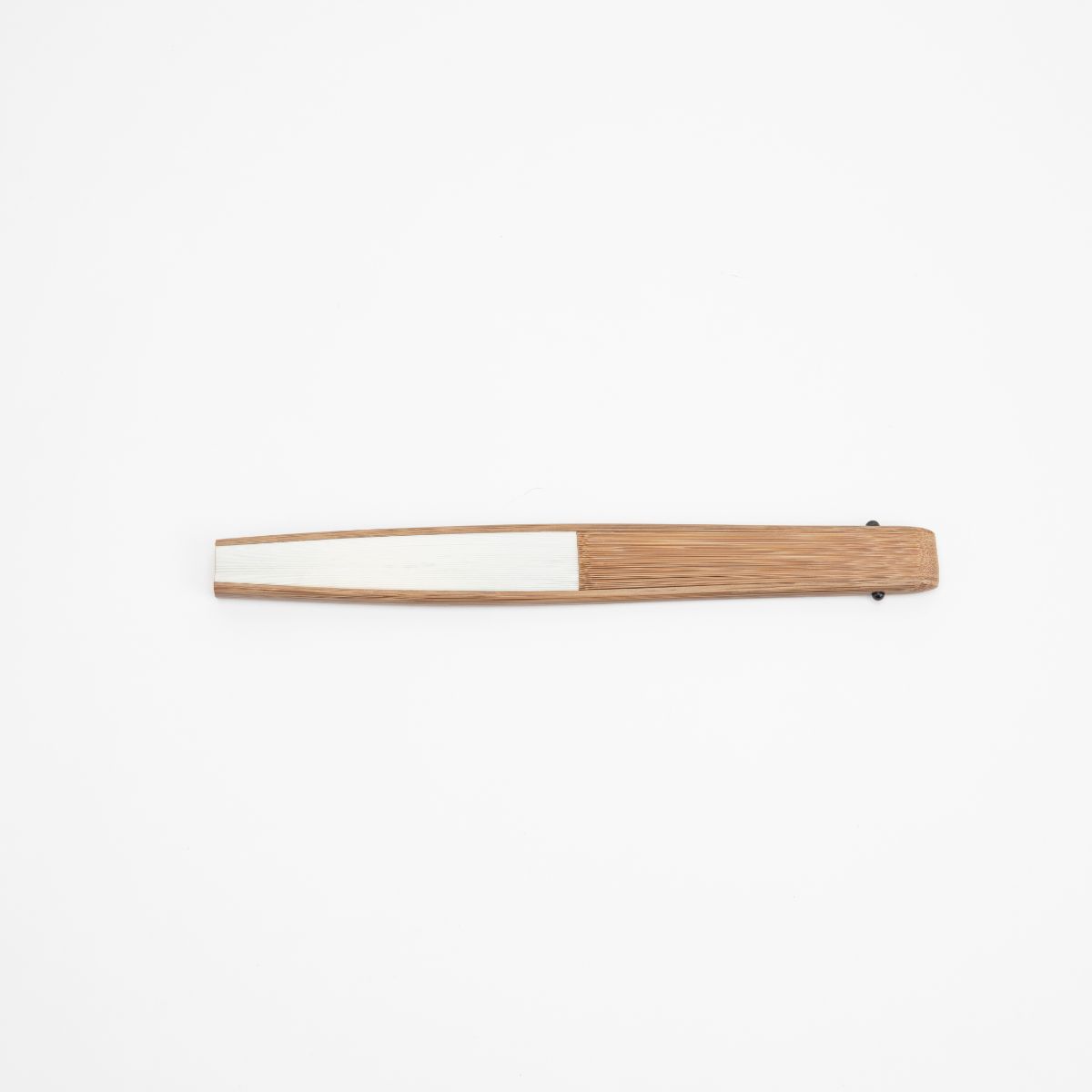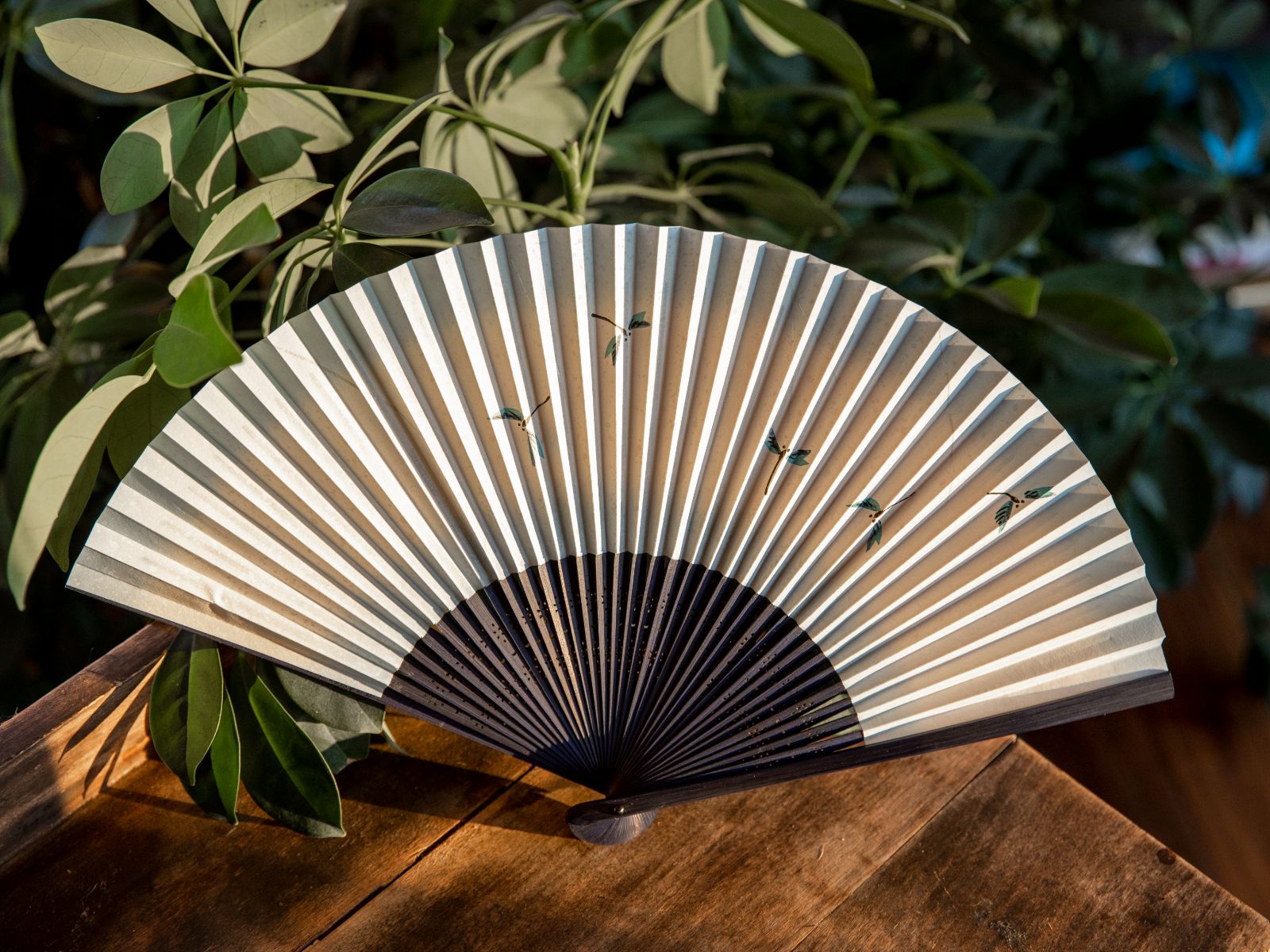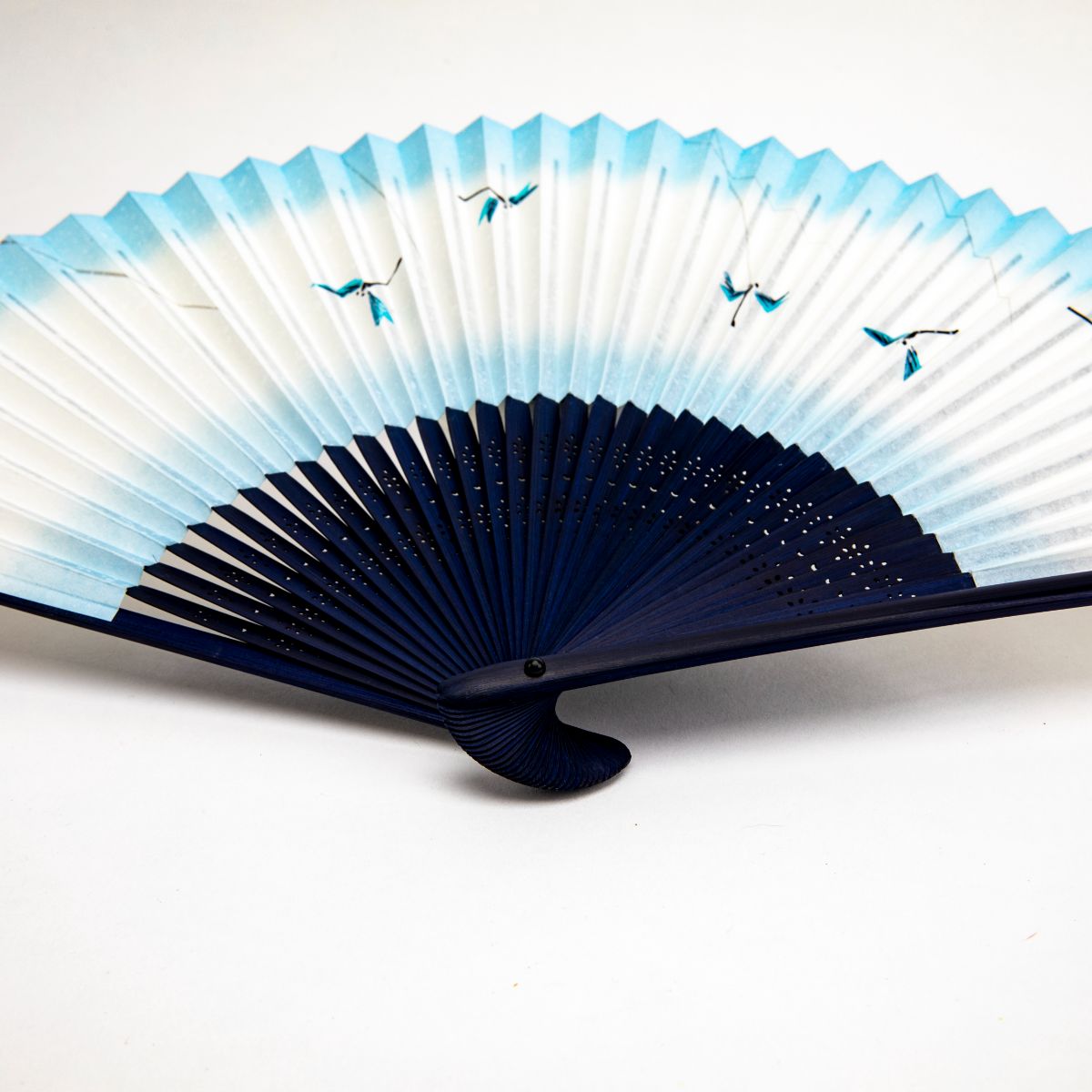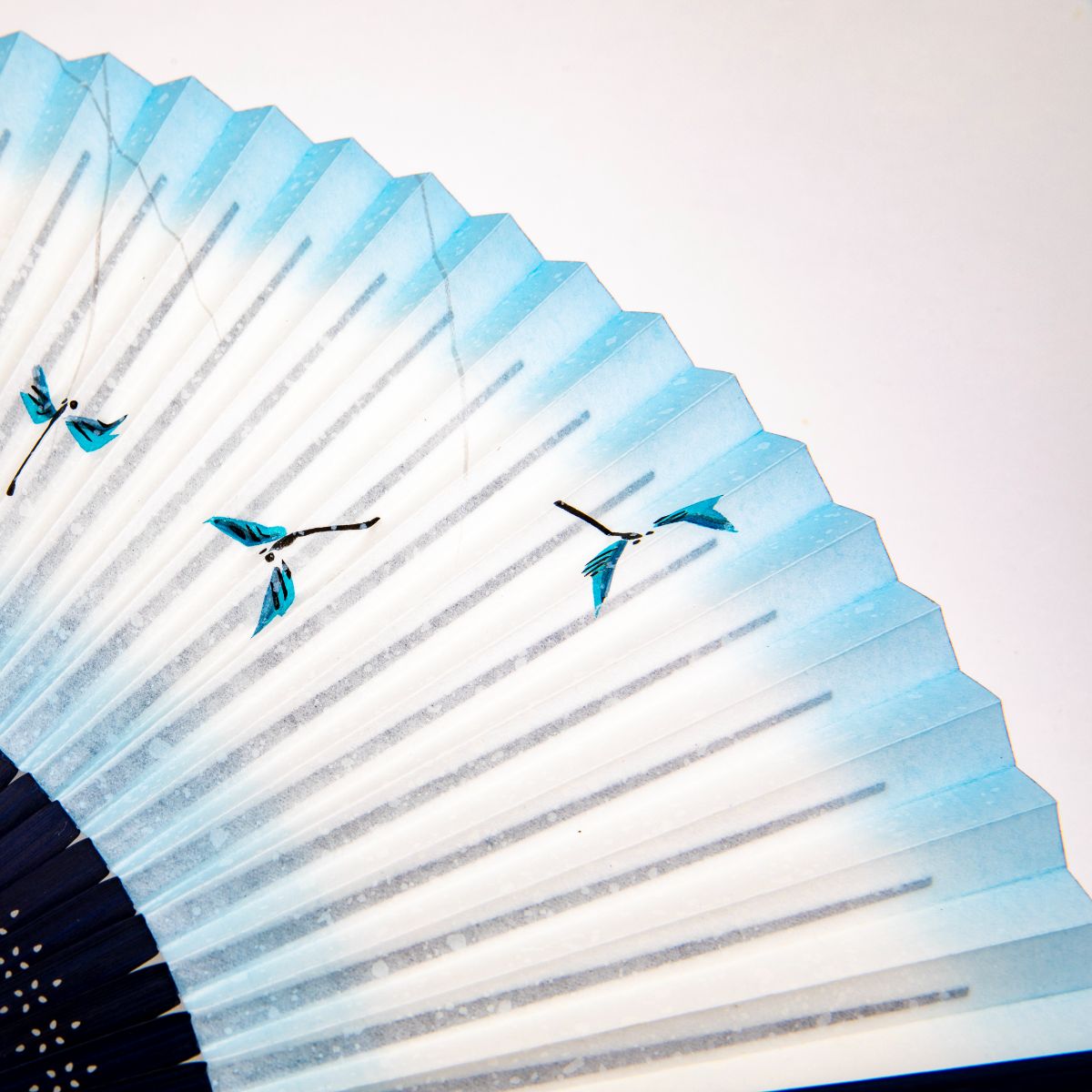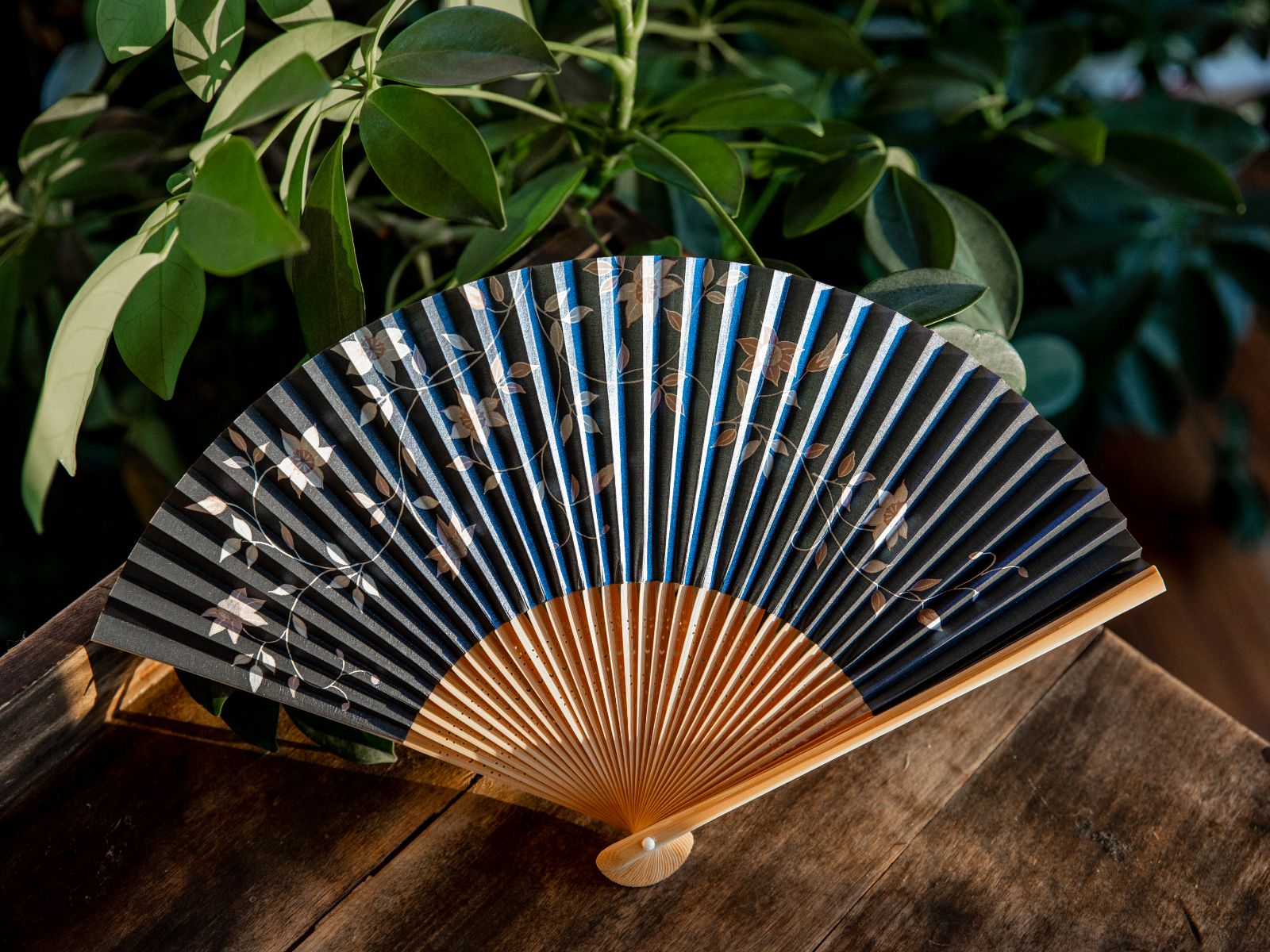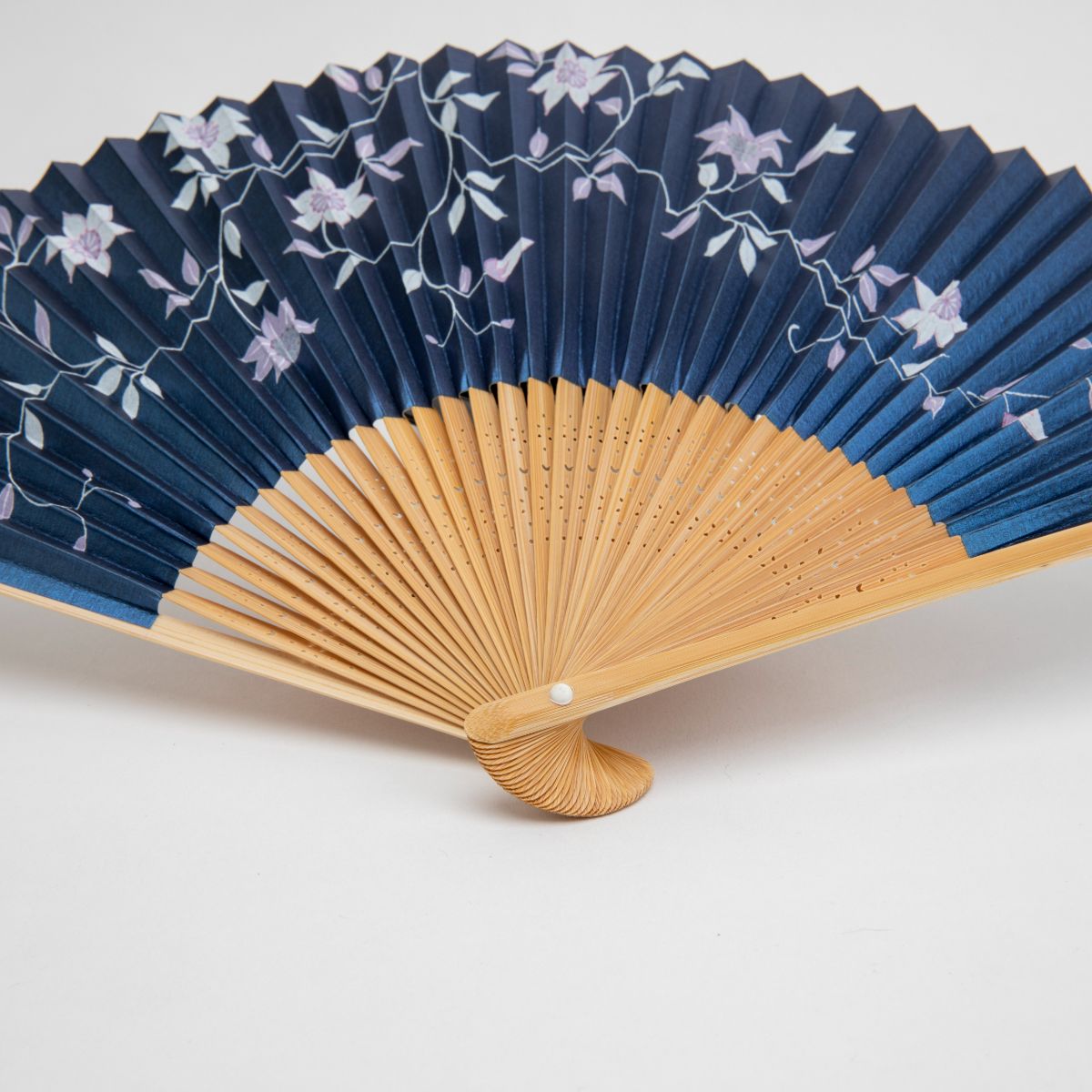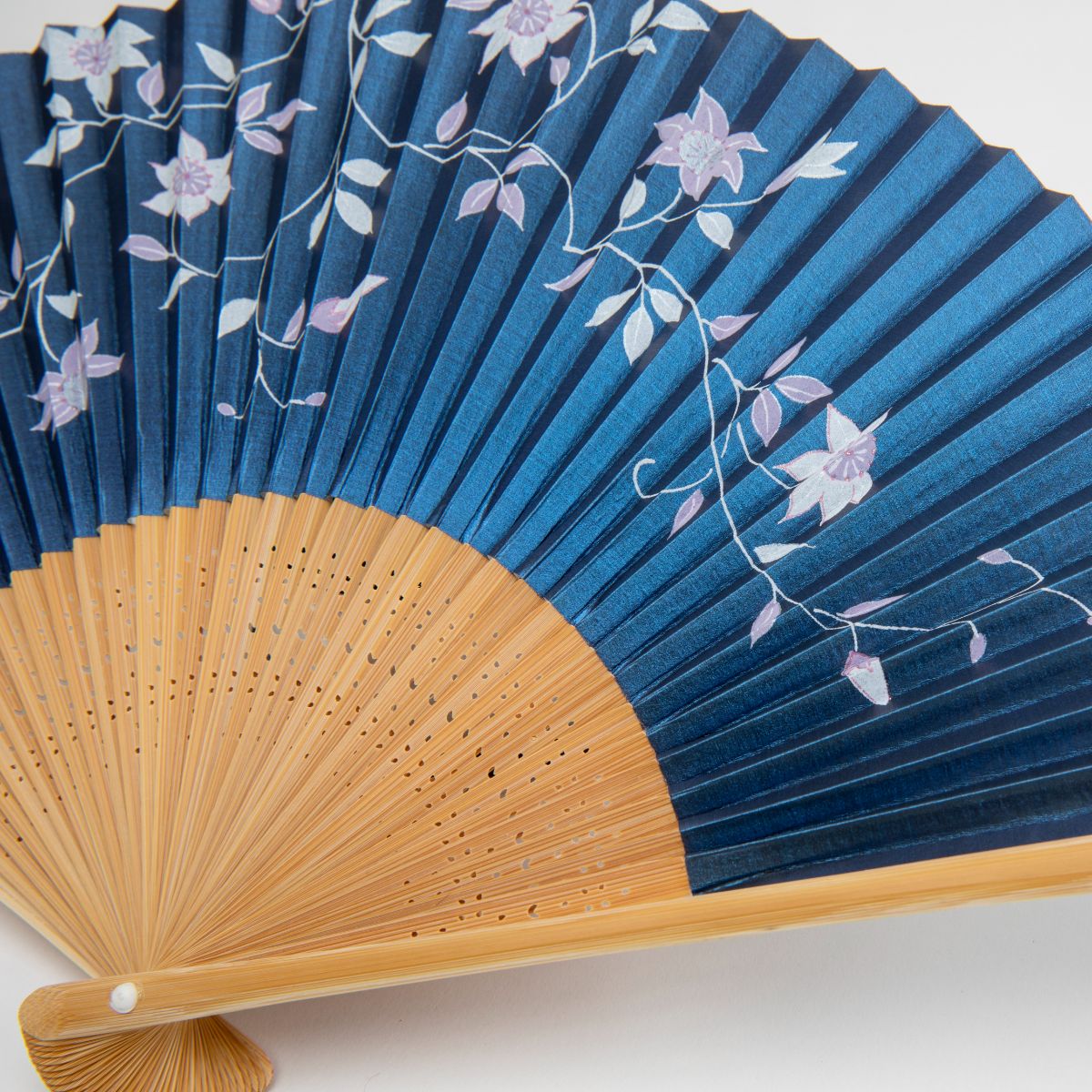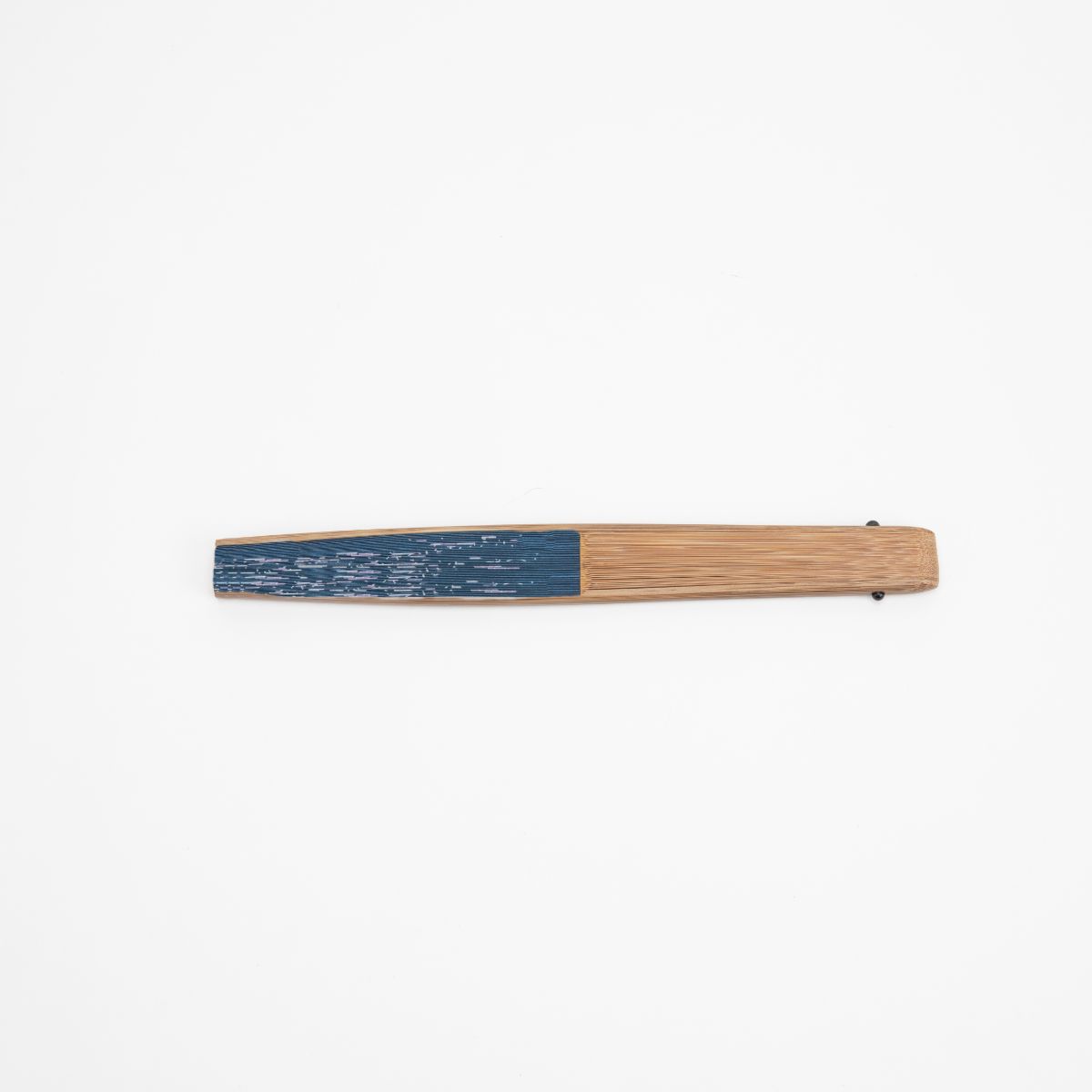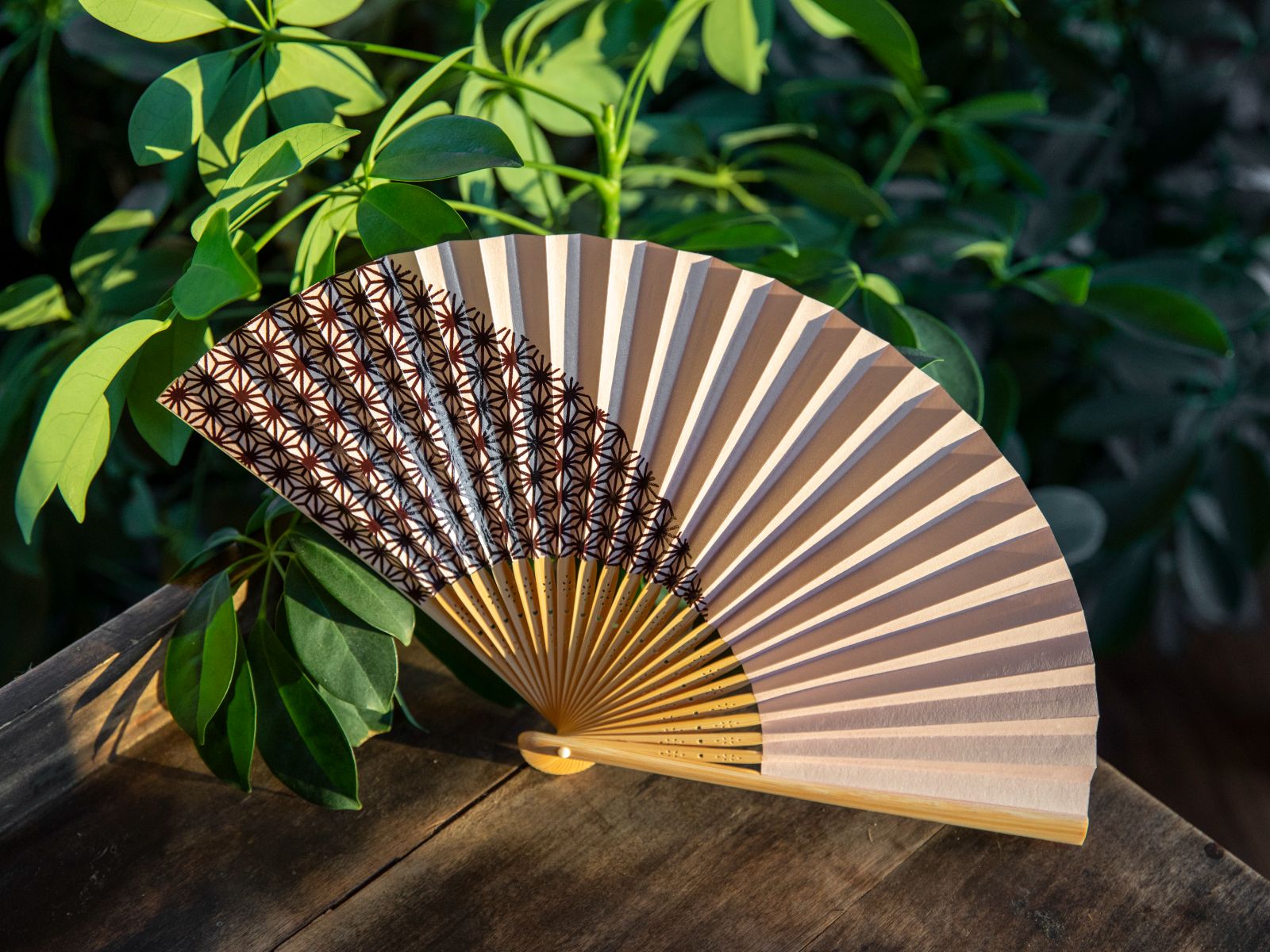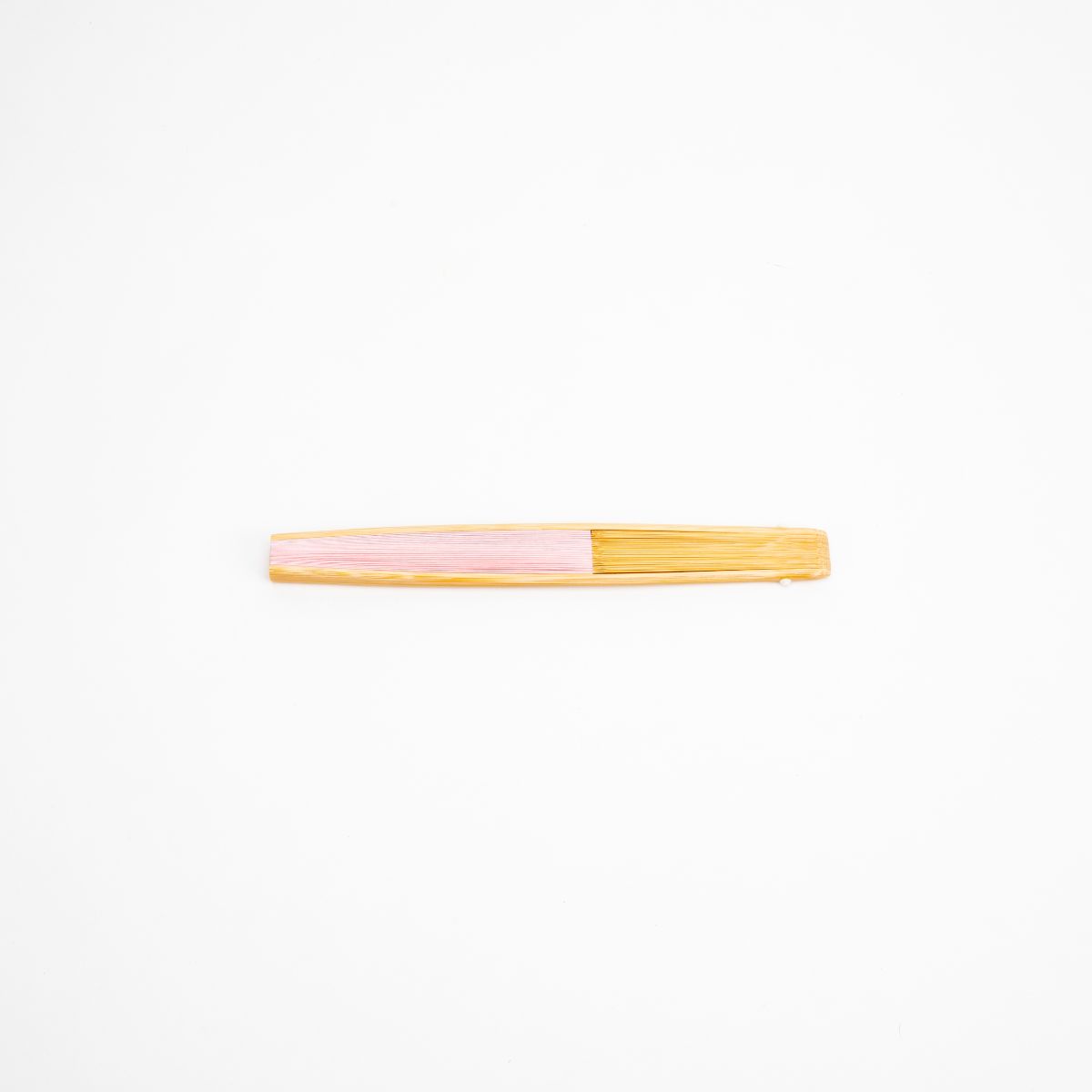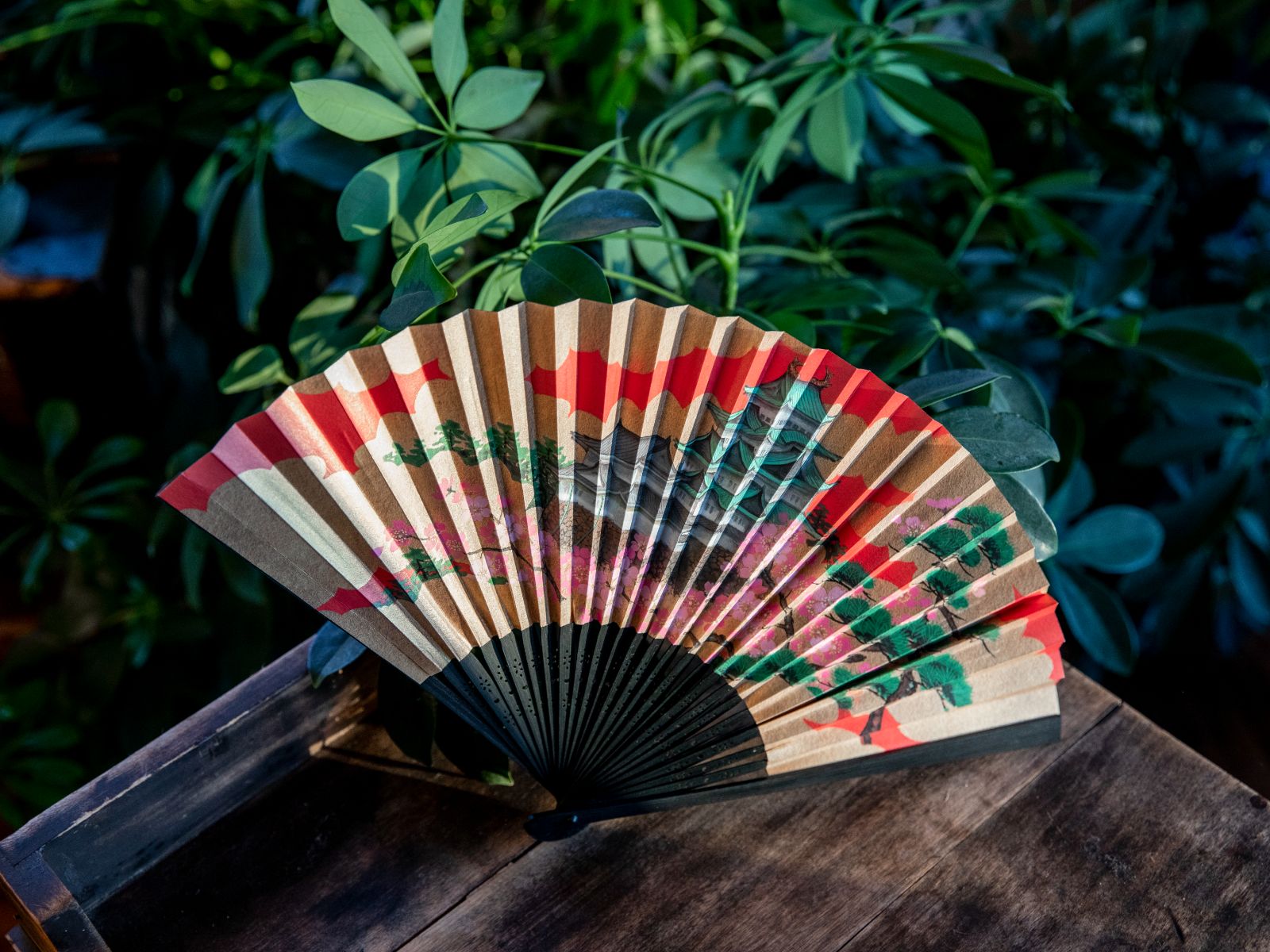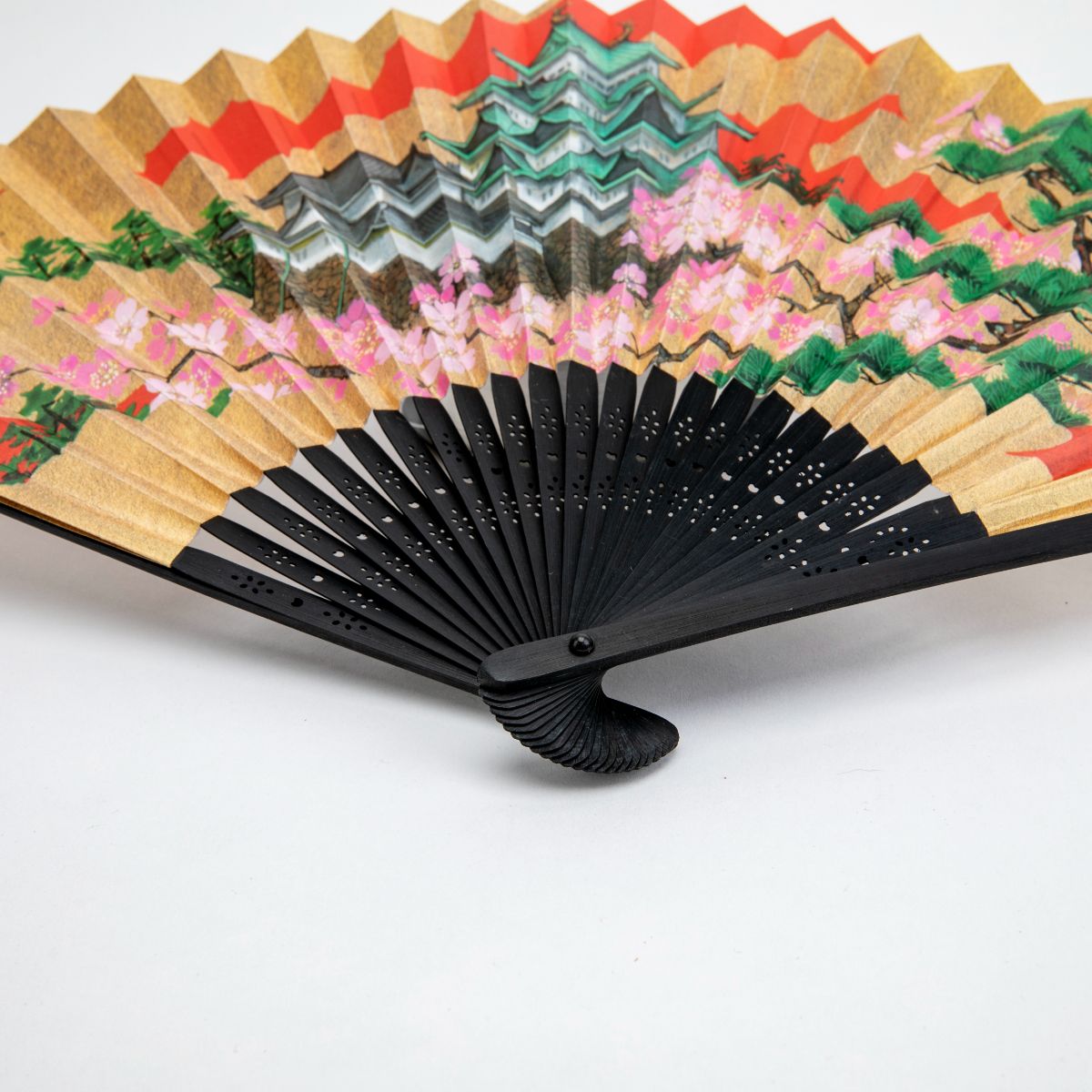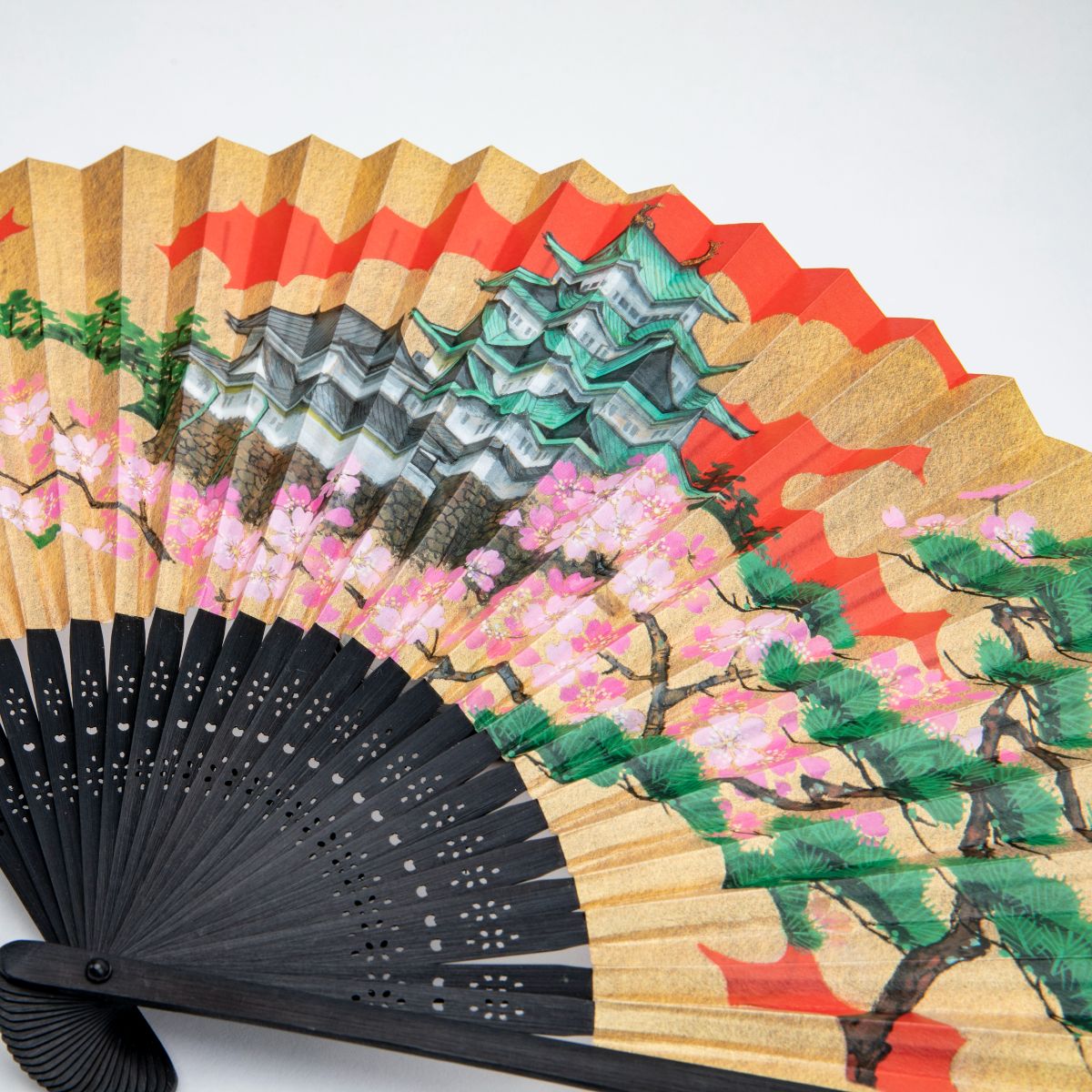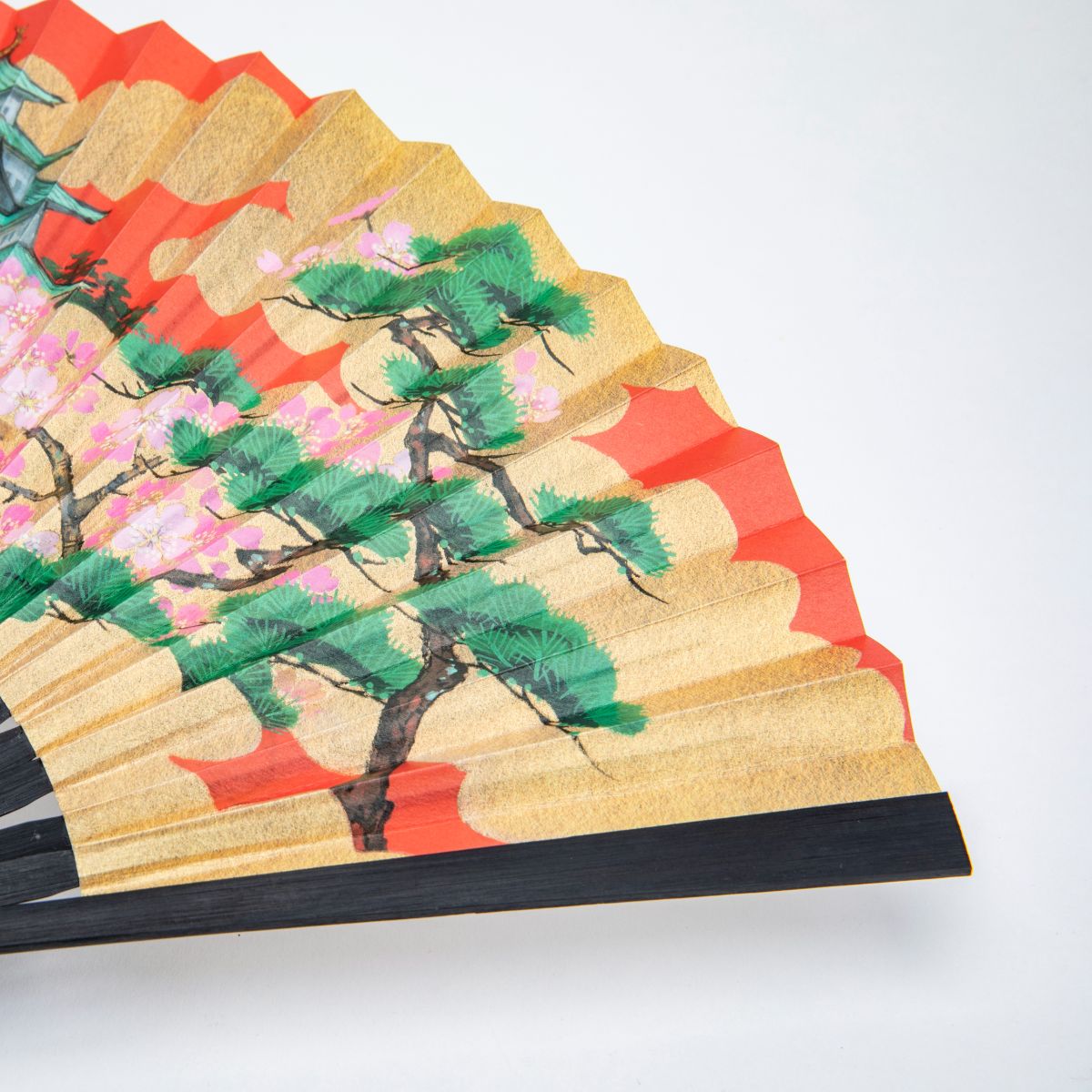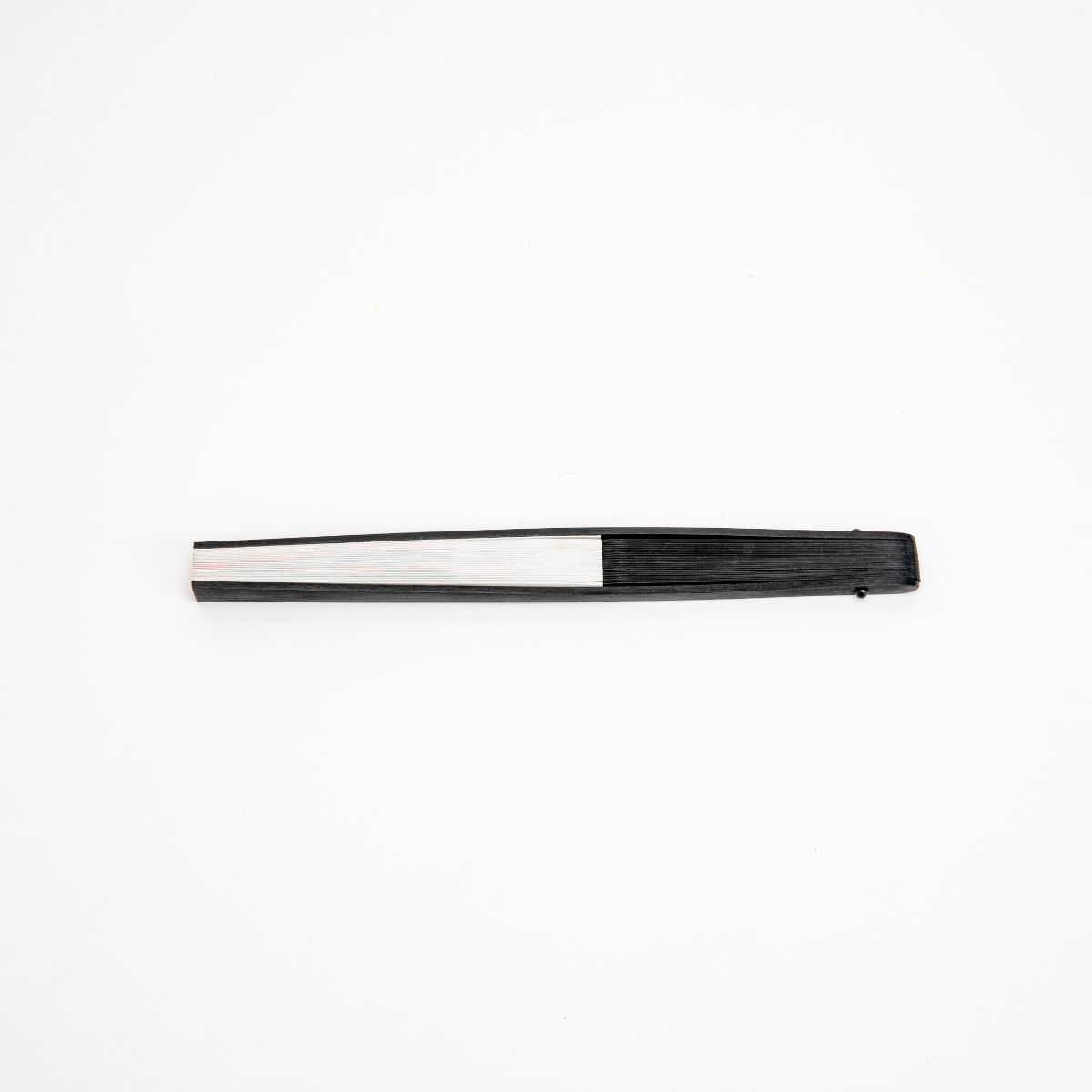Traditional Japanese fans, or "sensu" (扇子), have a long history of use in Japan. They first grew to popularity in the beginning of the 700s AD, although imagery of them in Japanese art predates this by another 100 years.
Each of these stunning Traditional Hand Fans is handmade using the same classical methods that have been passed down for hundreds of years. Each wooden fan is carefully crafted individually from raw materials in a lengthy and precise process that is performed by skilled craftsmen.
History of Japanese folding fans:
Historically, these fans were used almost exclusively amongst the royal courts and aristocracy as a away to cool off in the warmer months and for women to express modesty by hiding the face. Over the centuries, the convenience of hand fans spread to the lower classes and they were also adopted by geishas, kabuki, and other performers.
Samurai (侍) - a social class of noble warriors in feudal Japan- also had their own impressive weaponized versions of these fans, known as "tessen" (鉄扇). These "war fans" or "iron fans" were made of metal rather than paper and featured a sharpened fan edge, similar to the blade of a sword. Samurais kept tessen concealed on their person at all times as a self-defense weapon. This allowed a samurai to always be armed, even if he was disarmed by an opponent in battle or was attacked by surprise without his usual weapon.
Choose from 6 stunning wooden hand fan designs:
Kabuki
This Japanese hand fan features multiple patterns of kabuki theater's characteristic kumadori (隈取) style face makeup.
Kabuki (歌舞伎) is a type of Japanese theater that is known for eccentric and extravagant makeup, costumes, and wigs. The stories told in kabuki usually fall under the genre of drama, but are told in a highly stylized manner that features exaggerated movements, song, and a greater focus on the visual presentation than the narrative.
Grasshopper
A cricket is drawn between diffuse green fields at the top and bottom.
Thin, sweeping lines represent the grass in which the insect has chosen to rest and play his solemn song. These small and special insects are seen as a symbol of good luck and prosperity in Japanese culture thanks to their pleasant, gentle music and association with the arrival of fall.
Dragonfly
A family of dragonflies (蜻蛉) is drawn between diffuse blue fields at the top and bottom of the fan. The insects fly leisurely through a clear blue sky.
In the distant age of samurais, dragonflies were seen as auspicious beings because of their courage and determination while hunting prey, as well as their precise and agile movements- characteristics that were both revered and sought out by samurais.
Tessen
A vine of asian virginsbower (also known as the clematis flower in North America) is painted on a field of striking navy.
This vine's beautiful purple-pink blossoms are a common sight in their native regions of China and Japan. The "Queen of the Vines", as it is sometimes called, is a symbol of morality, wisdom, travelers, and joy.
Asanoha
This fan features the traditional Japanese asanoha (麻の葉) pattern, hand-drawn with lacquer on a backdrop of soft pink.
The hexagonal star shape that is iconic of the asanoha pattern draws inspiration from the leaves of the hemp plant. Hemp is known as a sturdy, resilient, and fast-growing plant that has become a symbol of strength and vitality in Japan. Because of this, it is commonly seen on children's clothing, kimonos, and in Buddhist imagery. You can learn more about common traditional Japanese patterns on our blog.
Nagoya Castle
Nagoya Castle (名古屋城) is the subject of this fan, bordered by cherry blossoms and pine trees on a stunning gold and red backdrop.
Construction of this beautiful castle was completed in 1615 AD in what is now the city of Nagoya, located in the Aichi Prefecture of Japan. Its purpose was to express the power of the Owari-Tokugawa clan, to serve as a protective barrier and watchtower for the region, and as a base for the clan to gather and operate out of.
The sprawling and ornate Nagoya palace is famous for its numerous gold artifacts and two 8ft. tall sachi (鯱) statues that rest on the roof- a mythical dragon-headed fish from Japanese folklore- hence the backdrop of lustrous golden clouds on this fan. The combination of golden clouds and crimson red sky on this fan resembles a late summer sunset.
